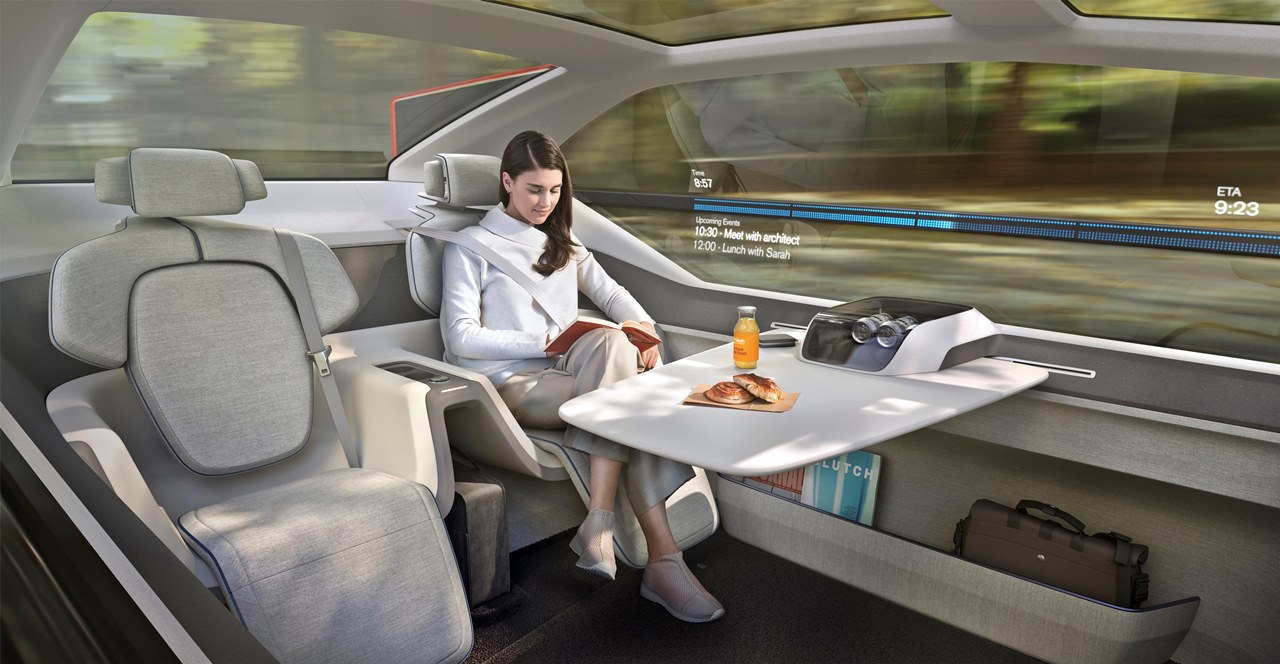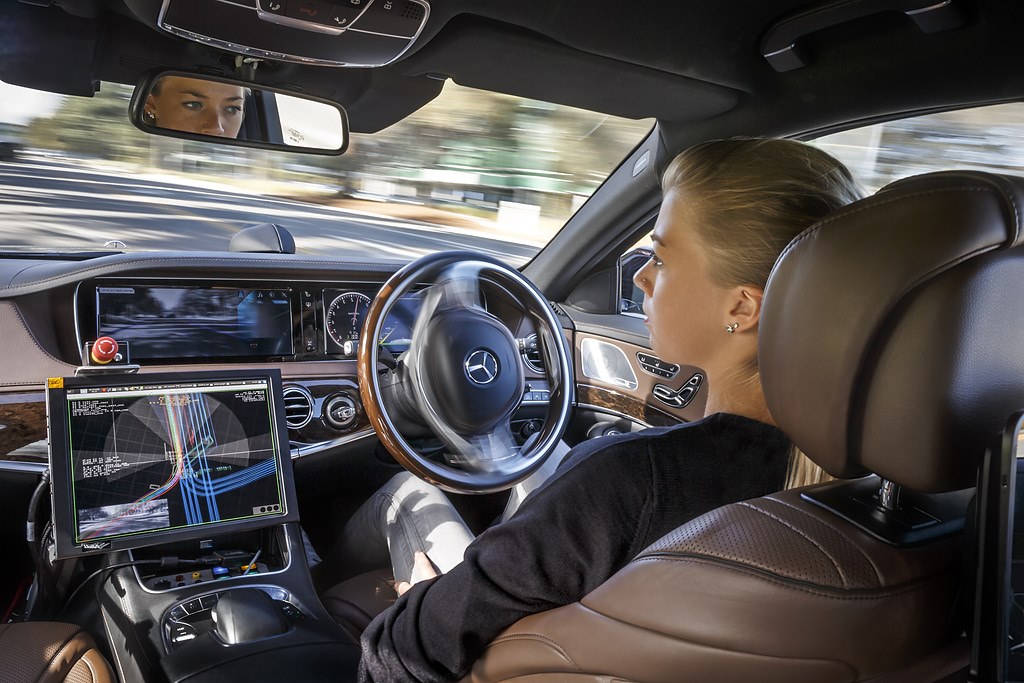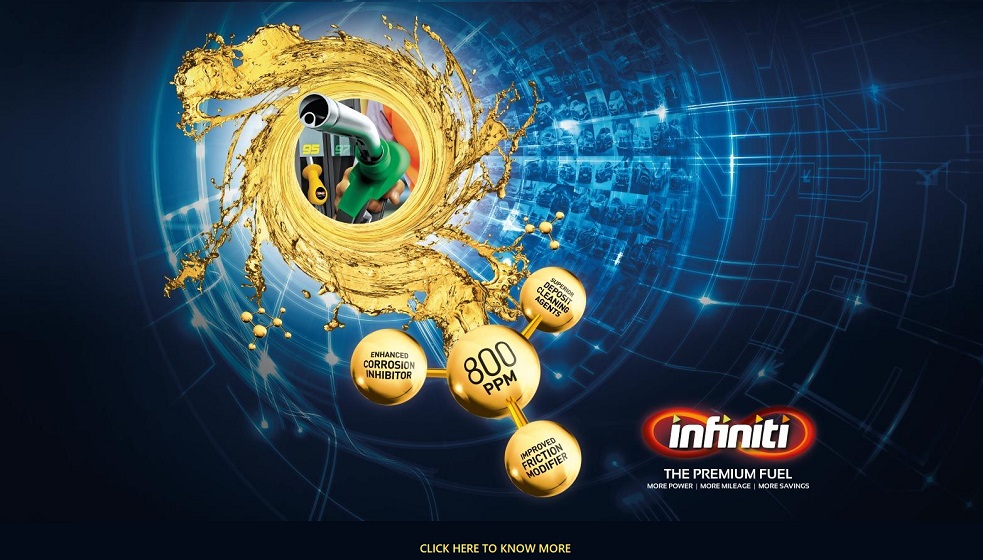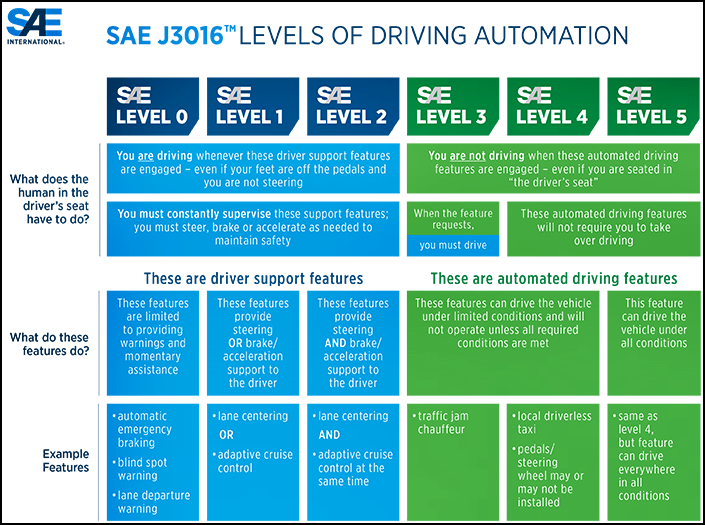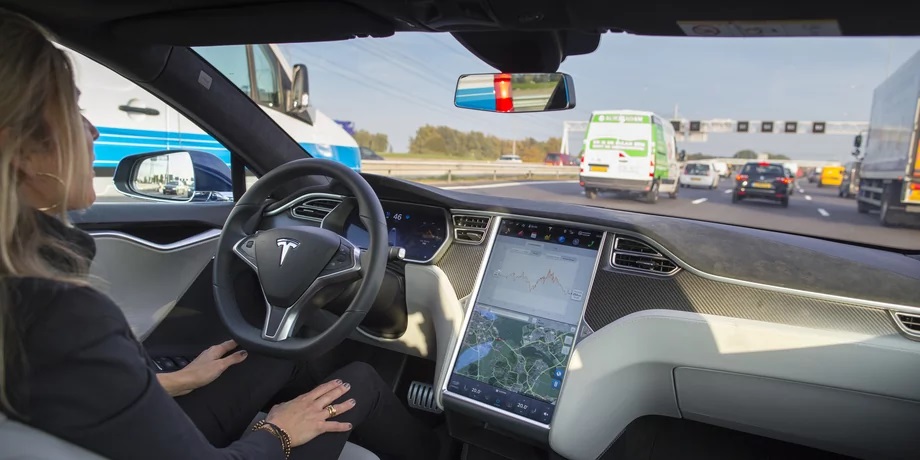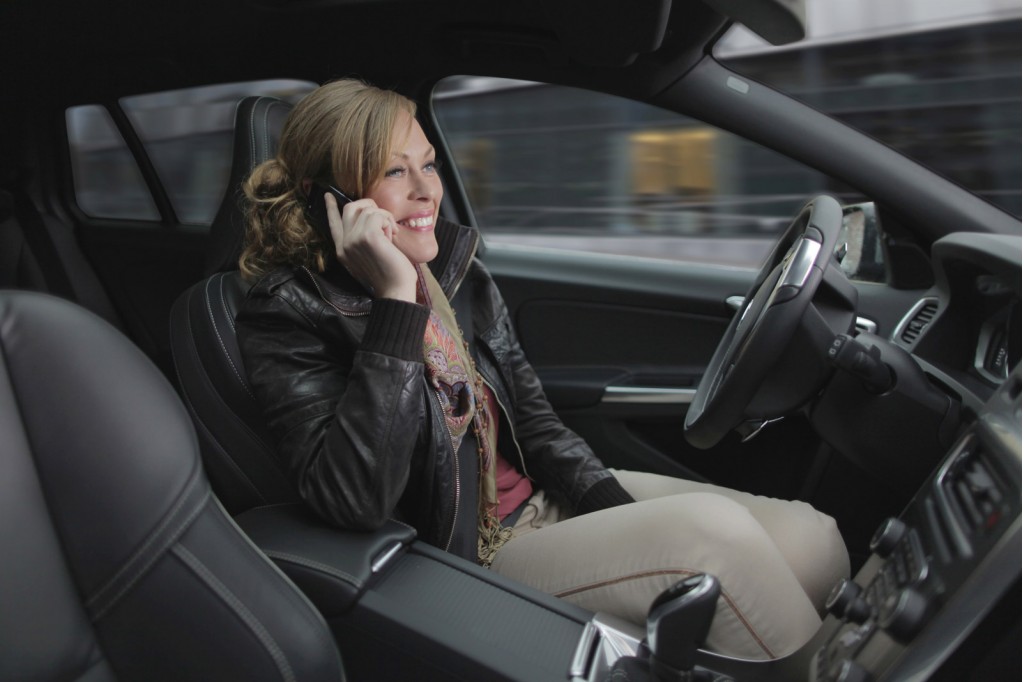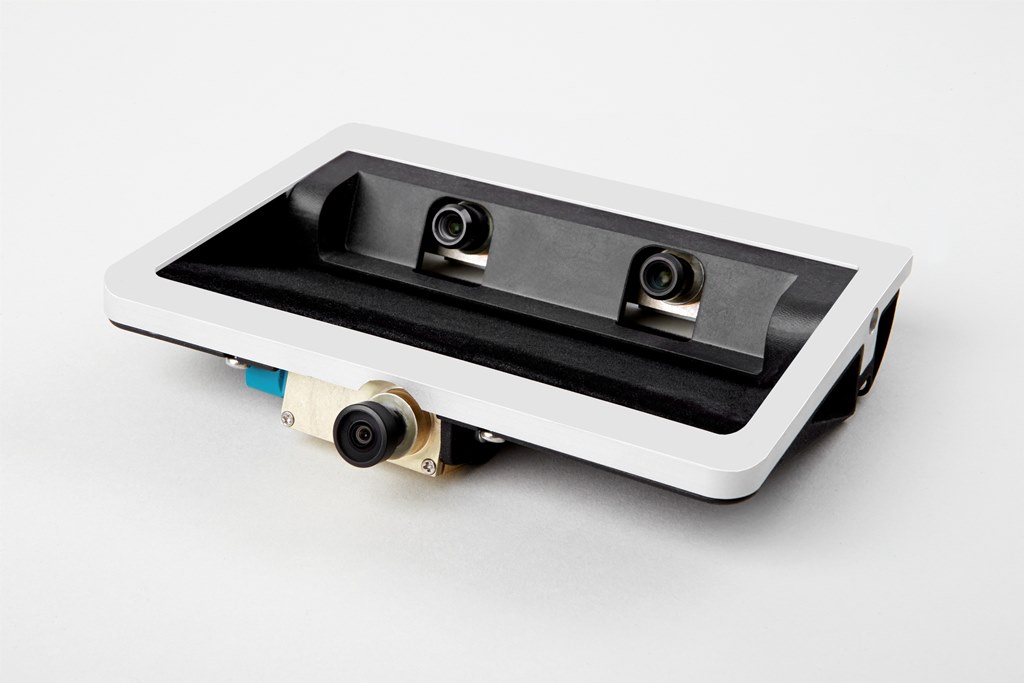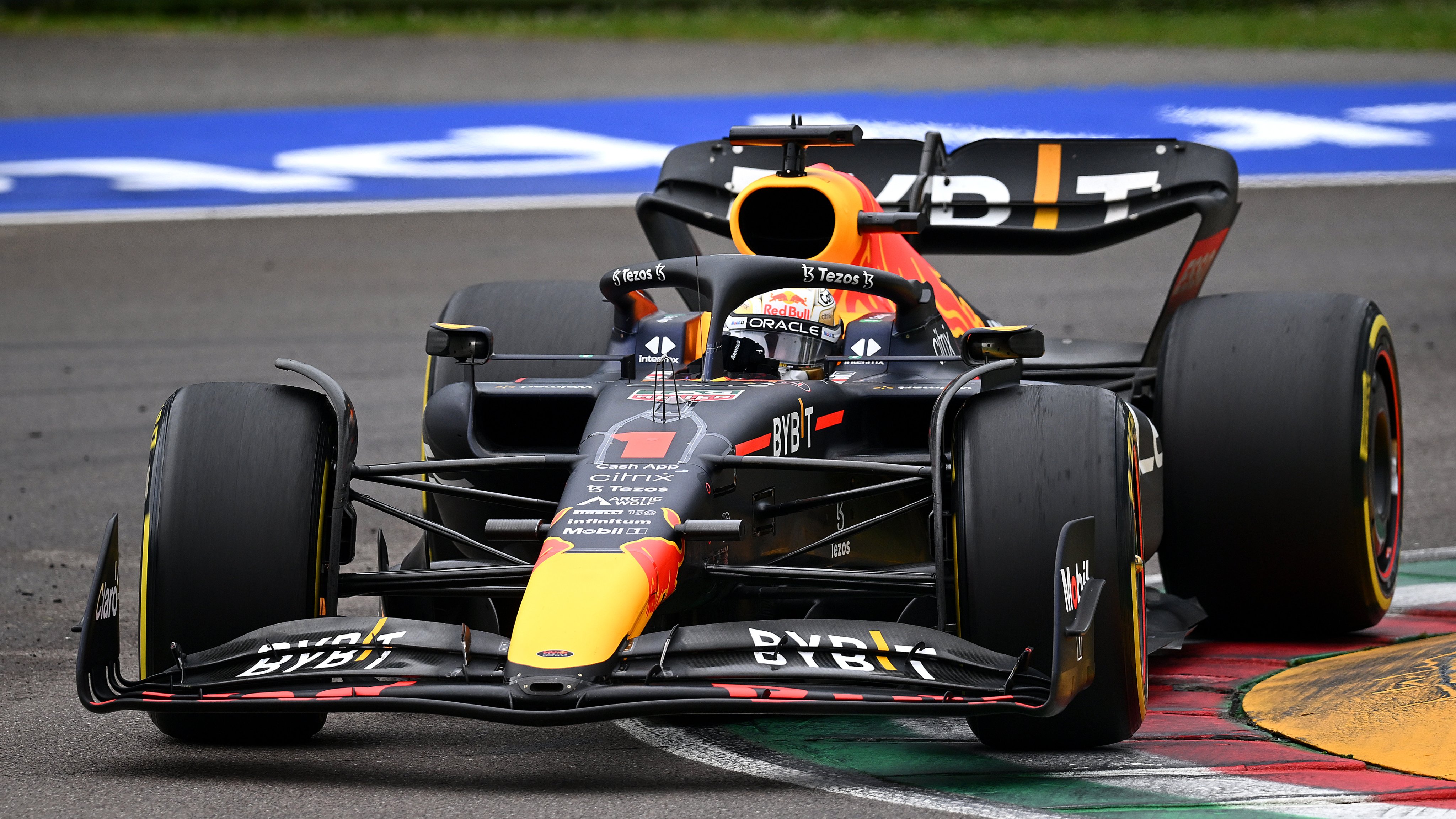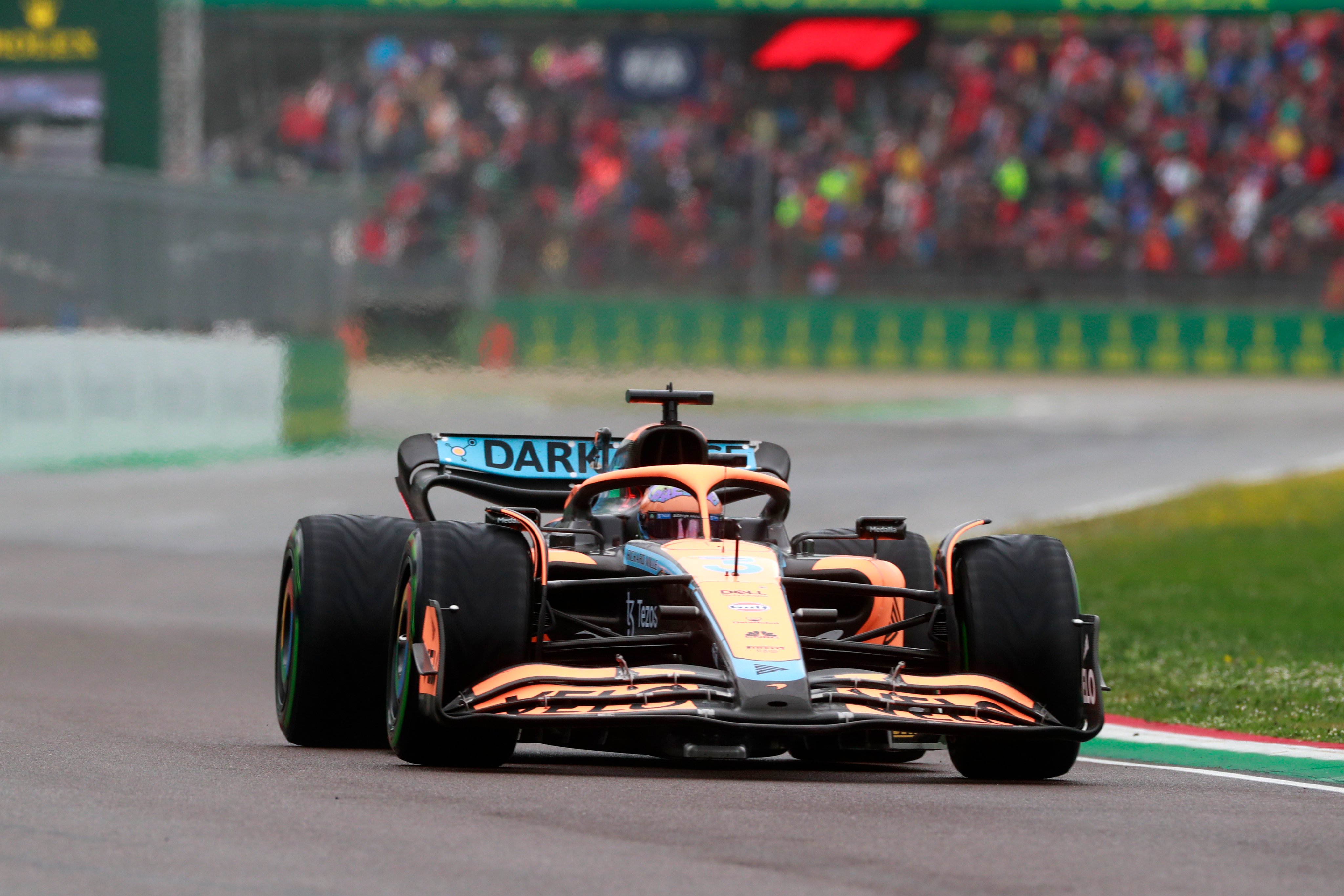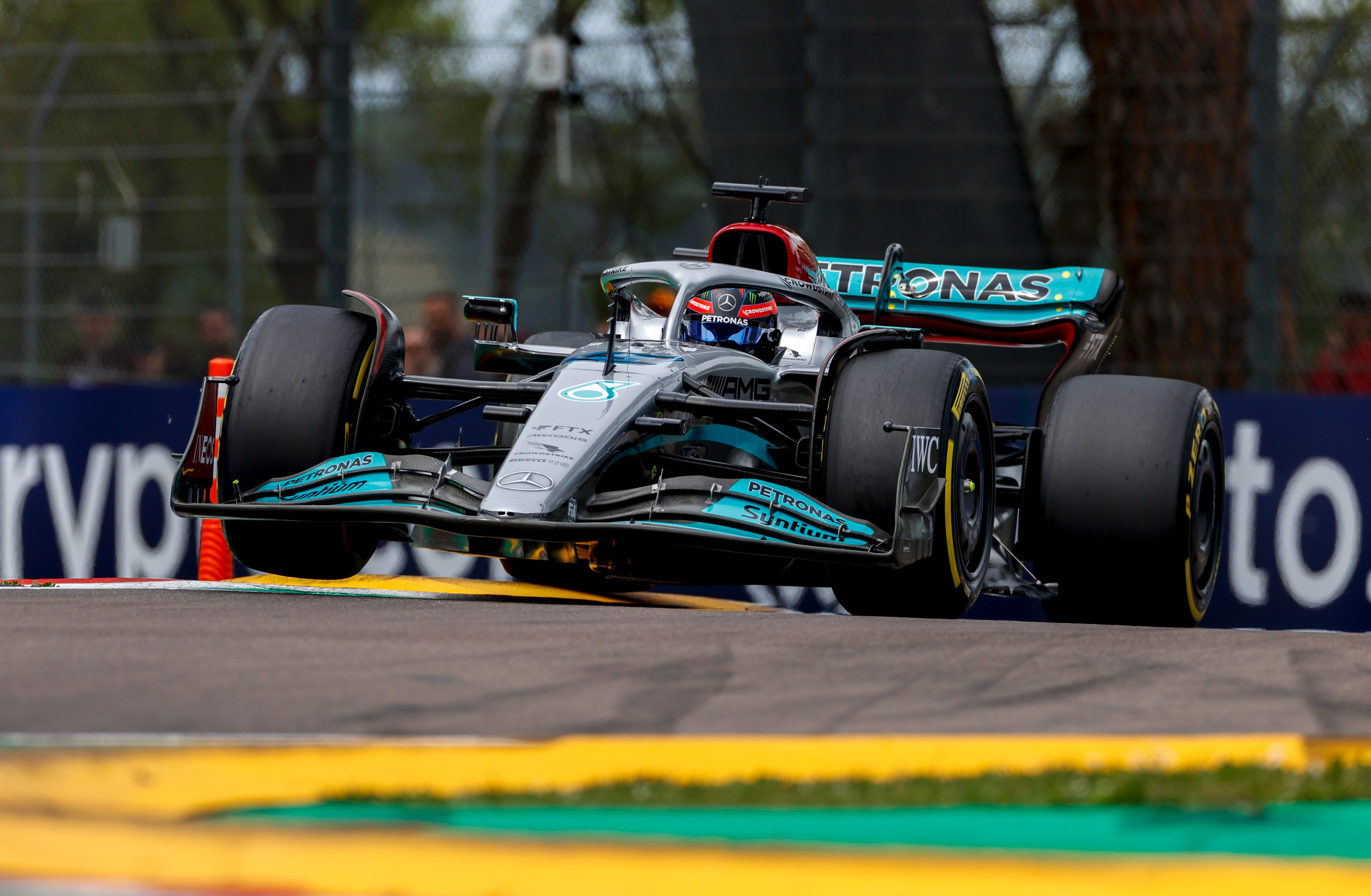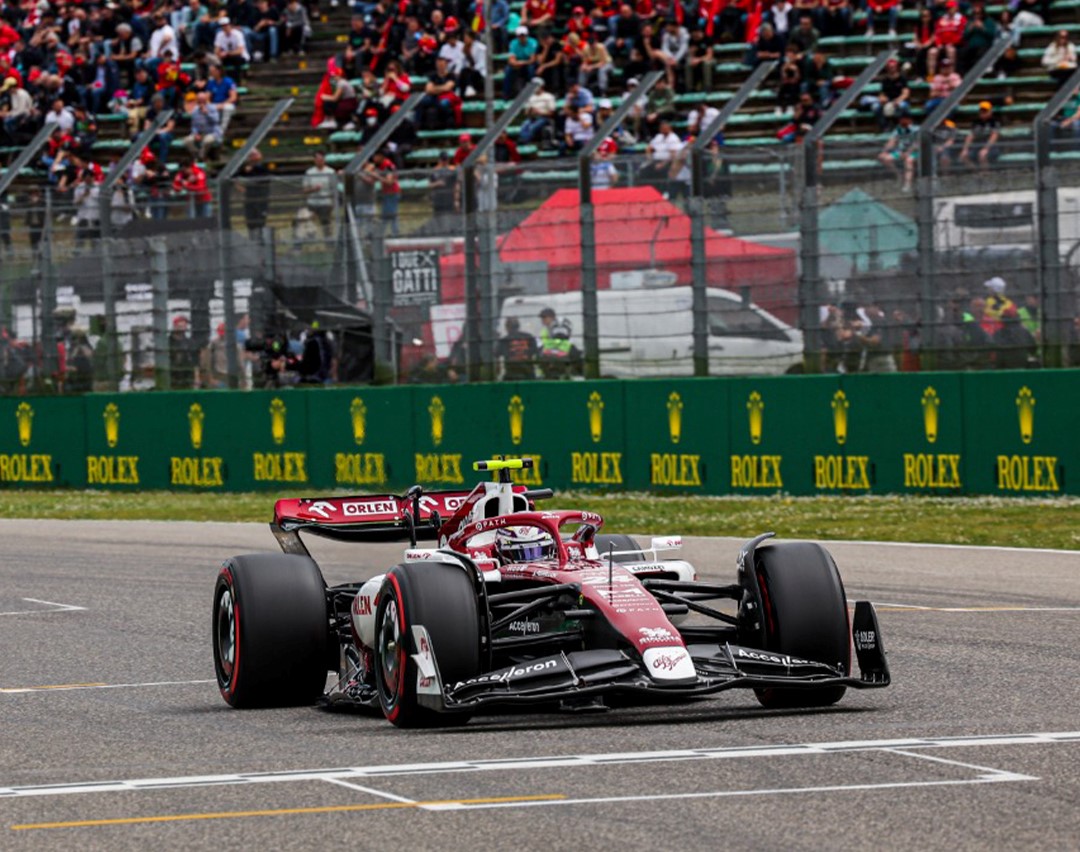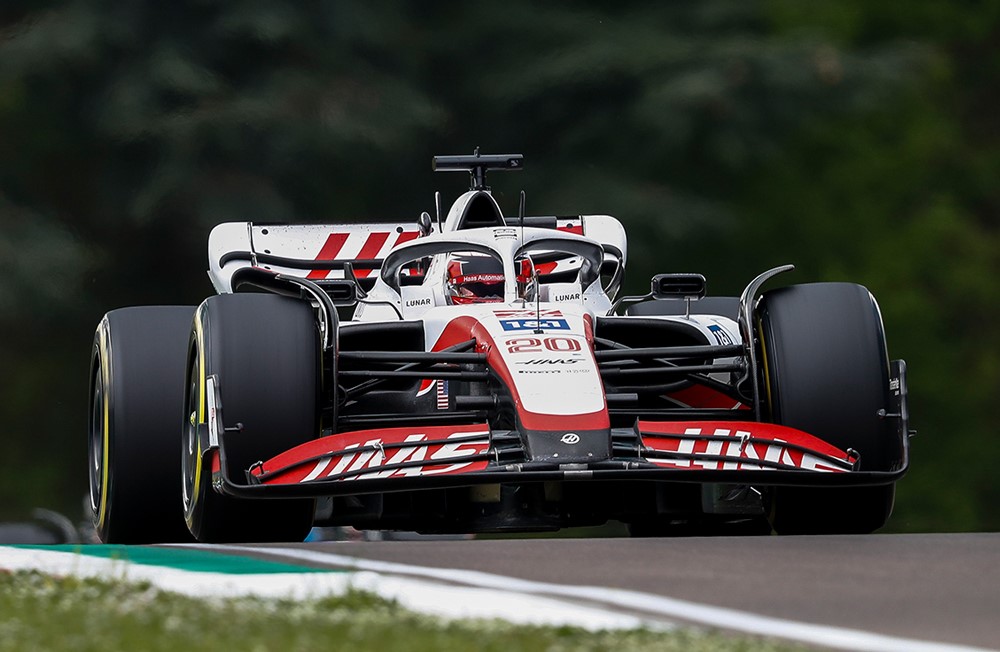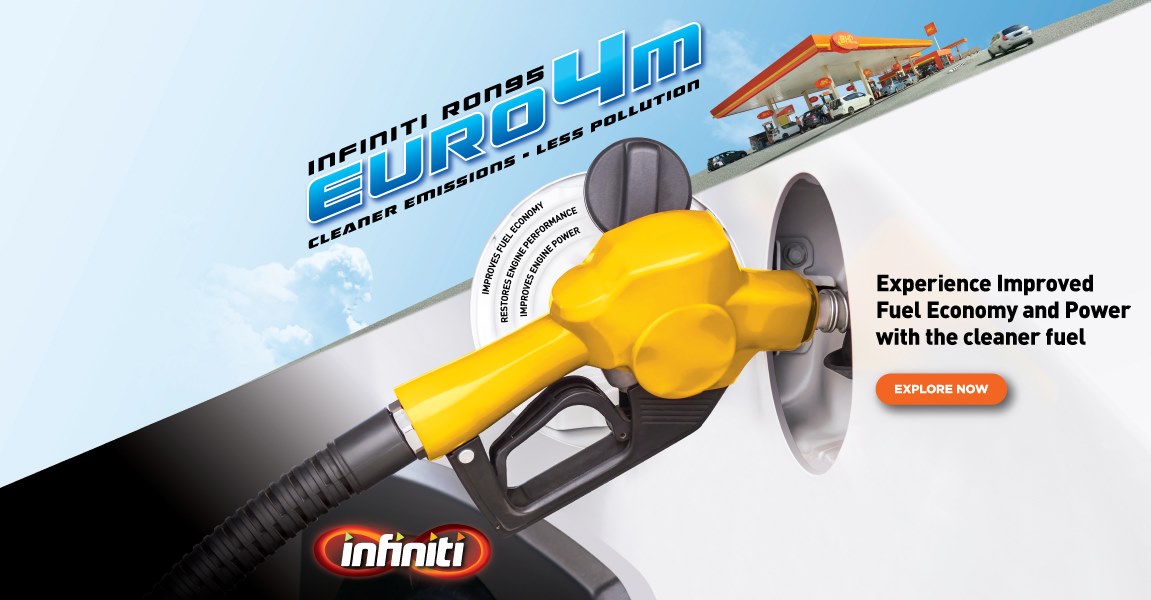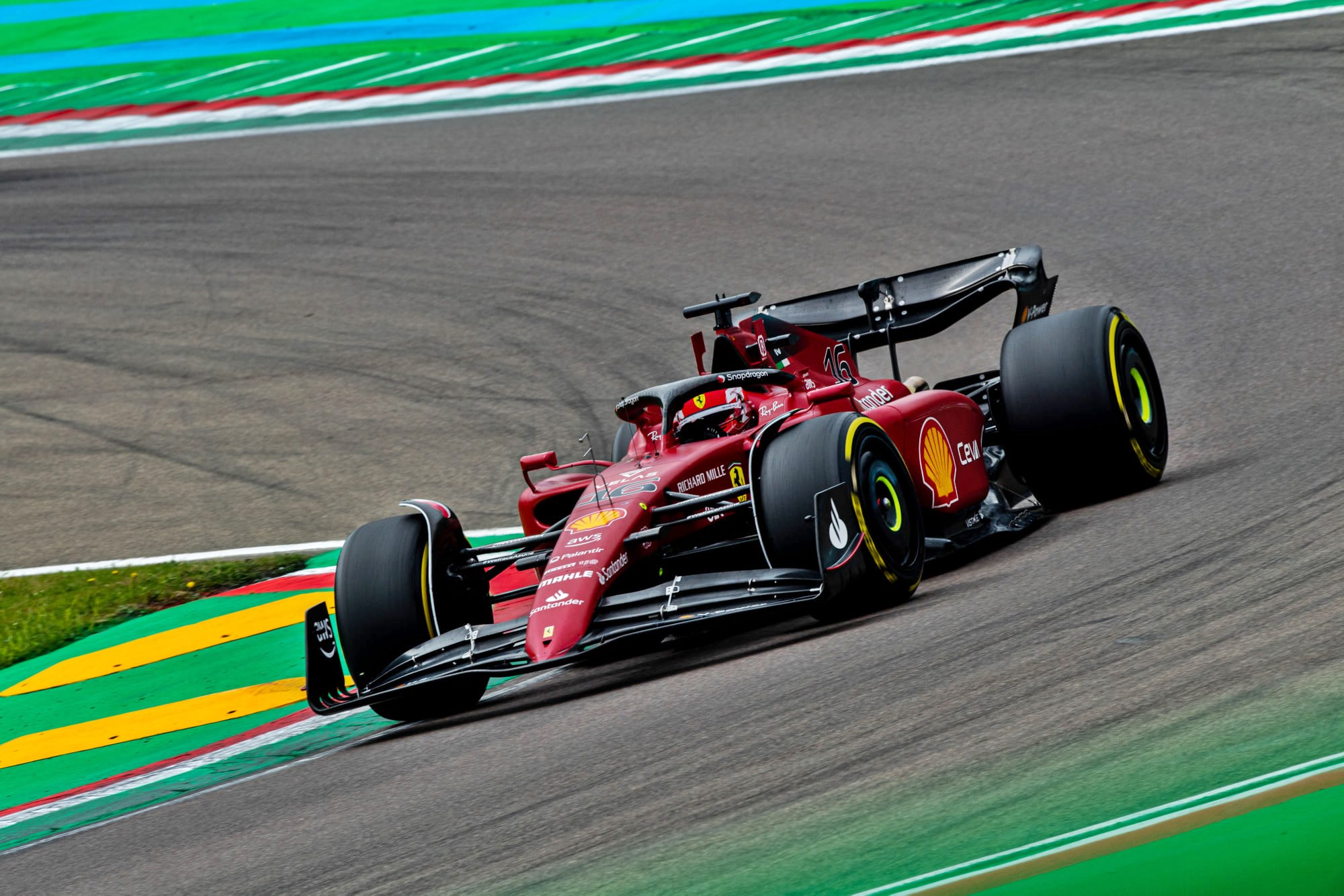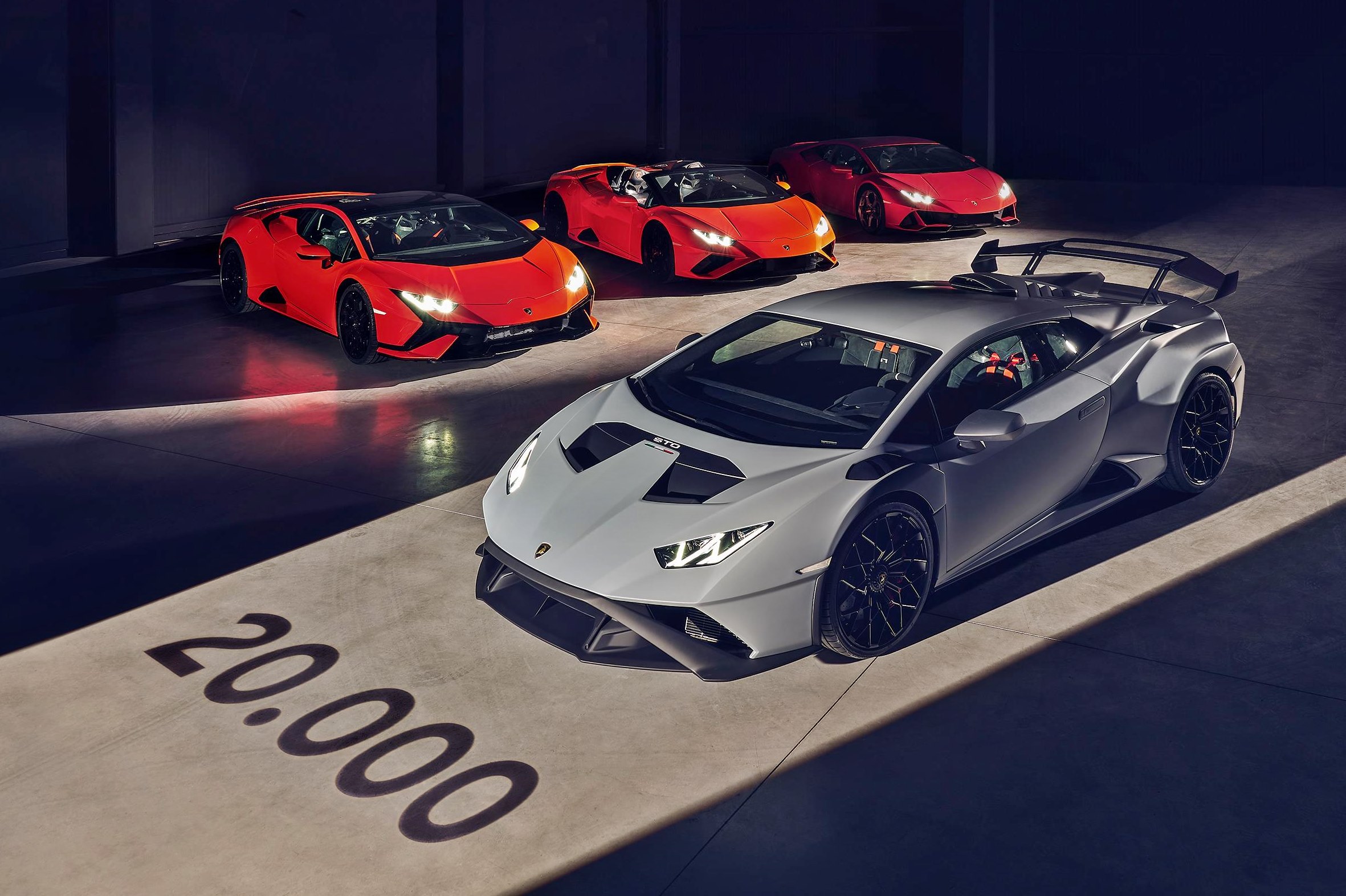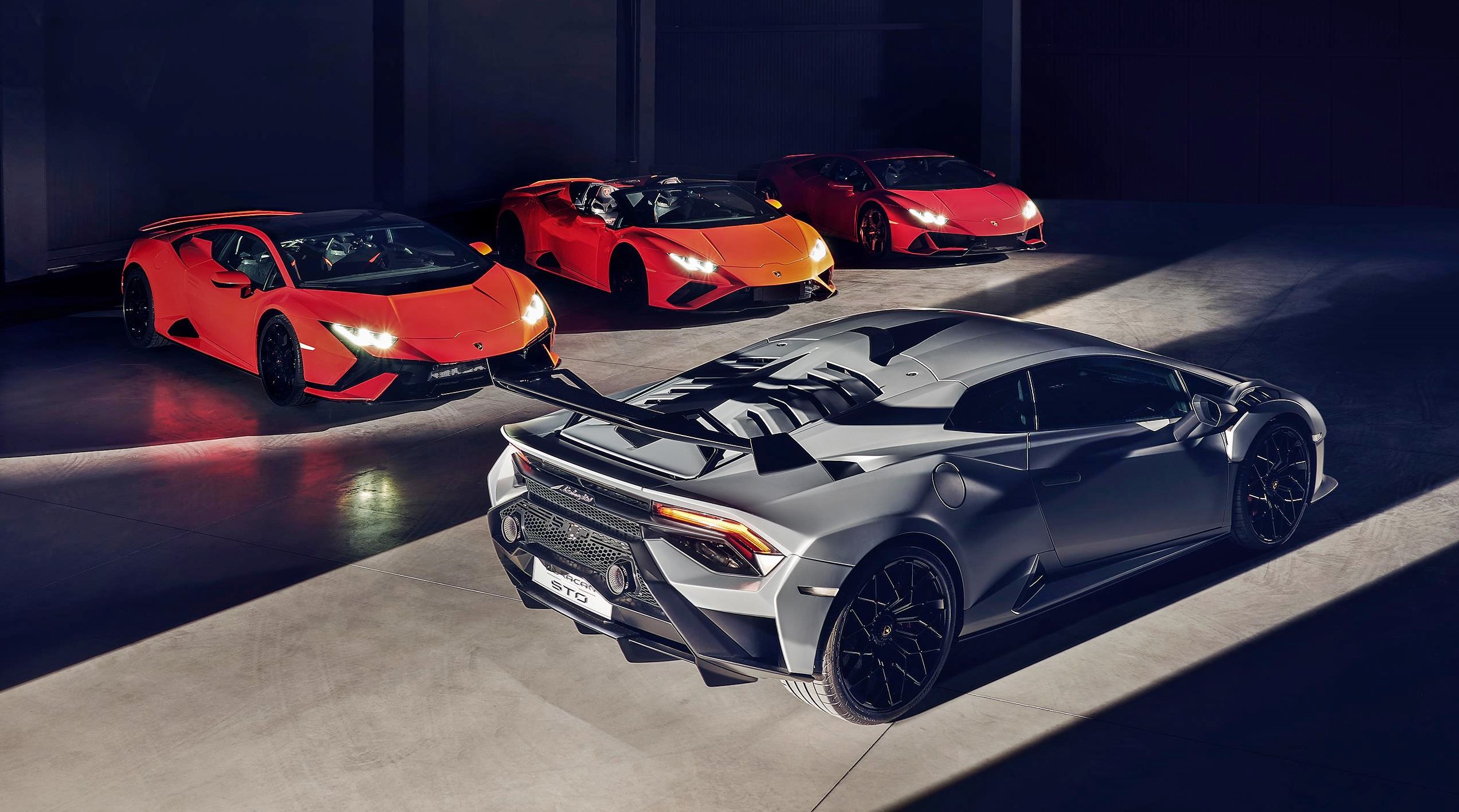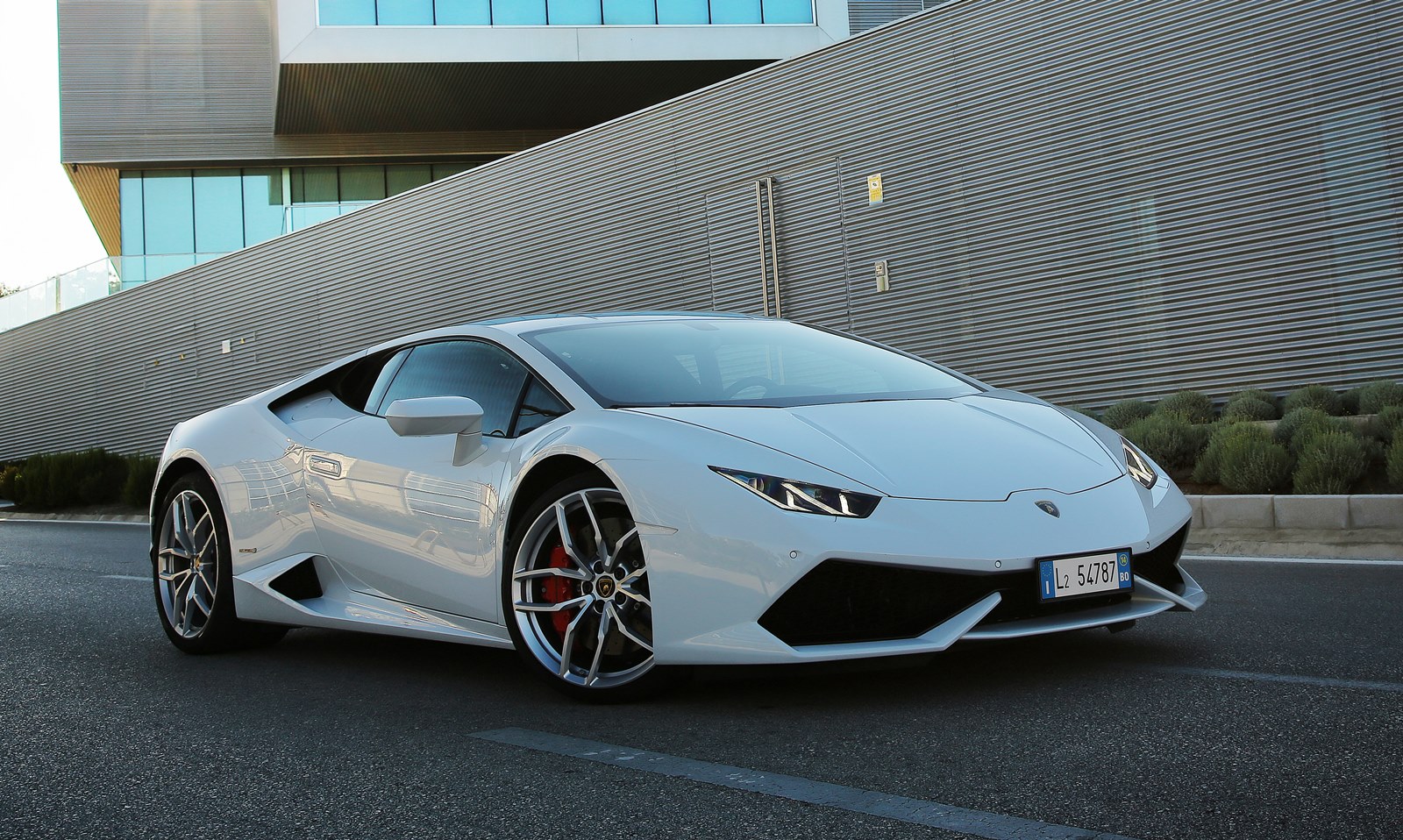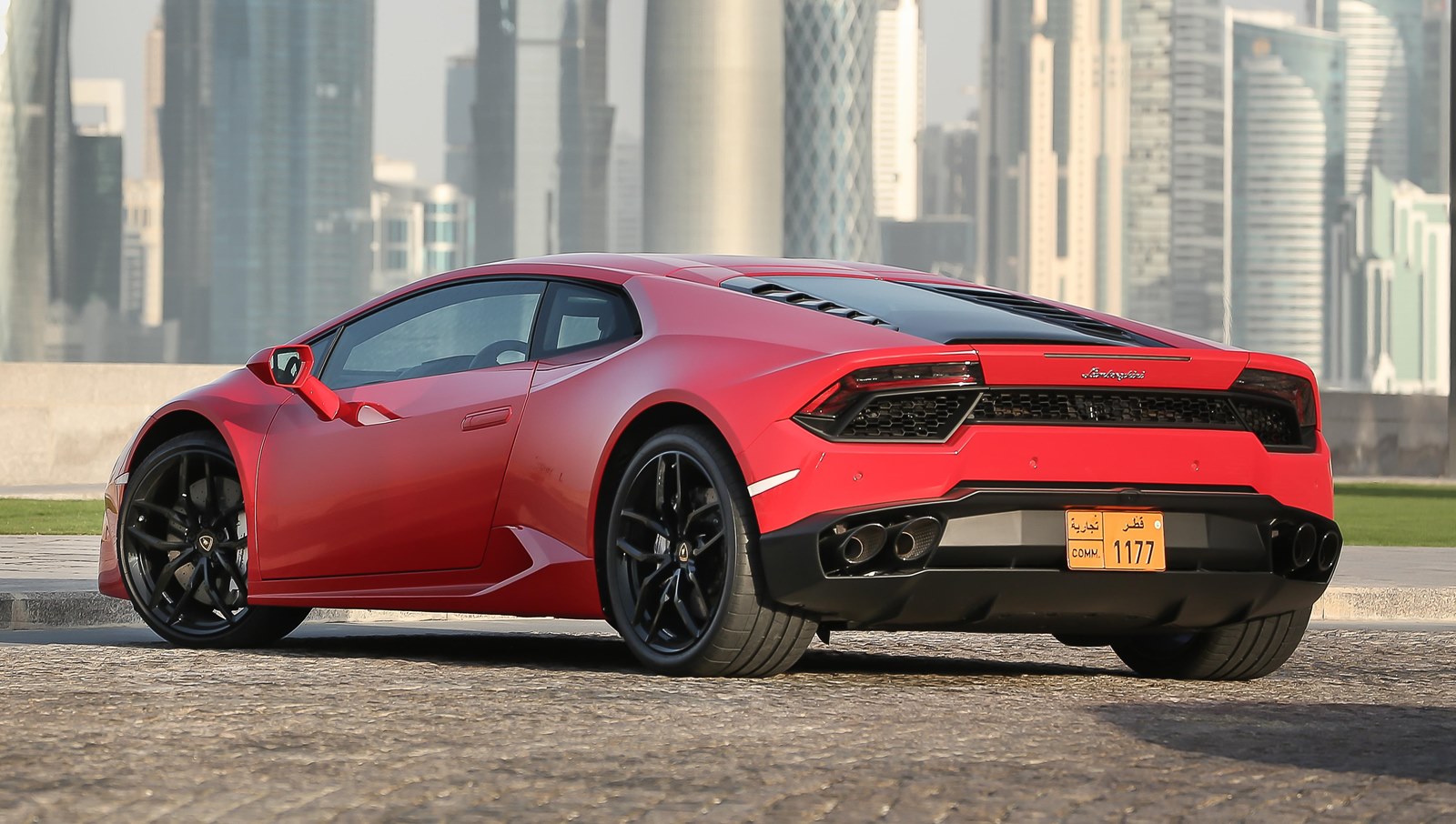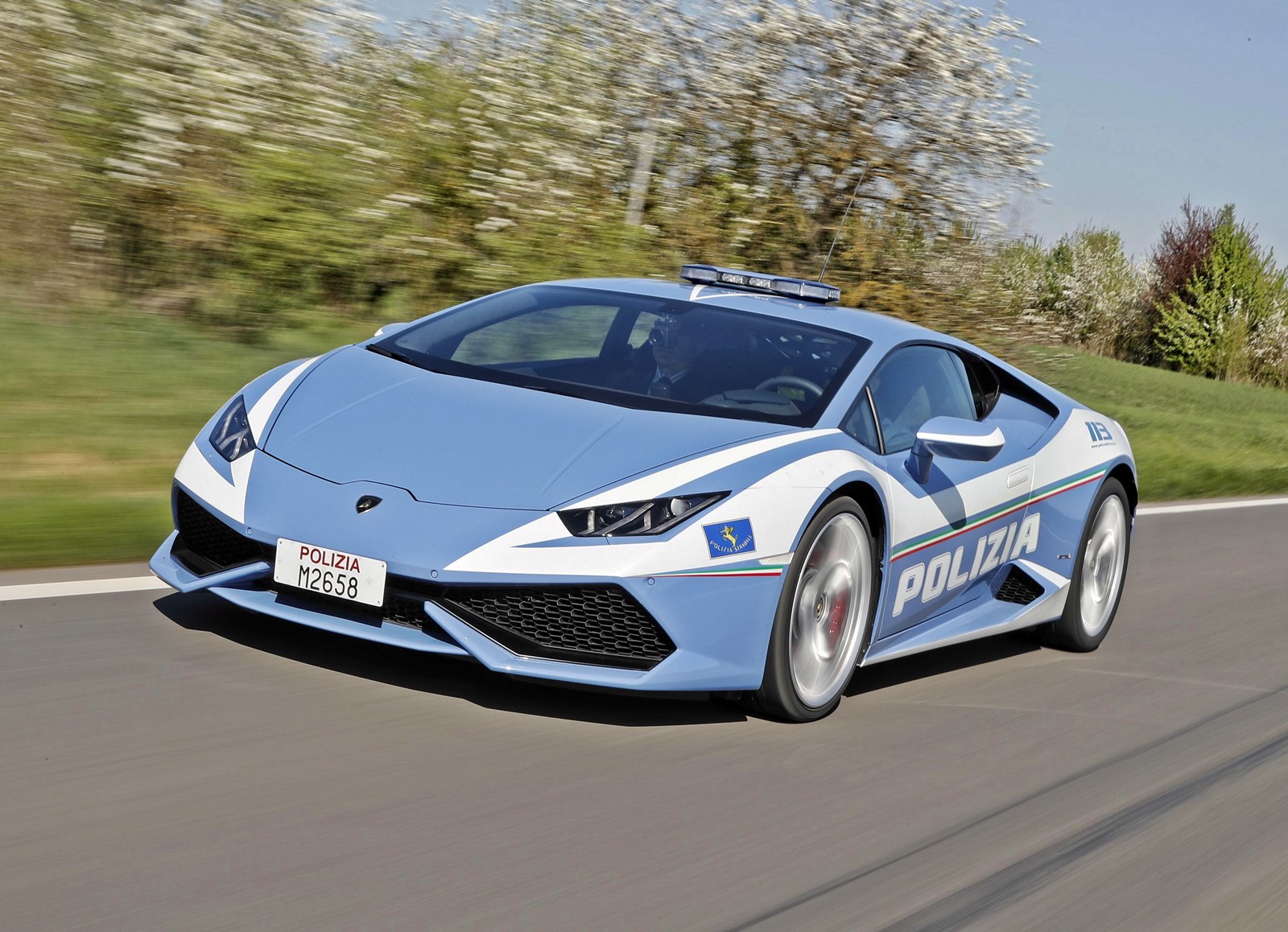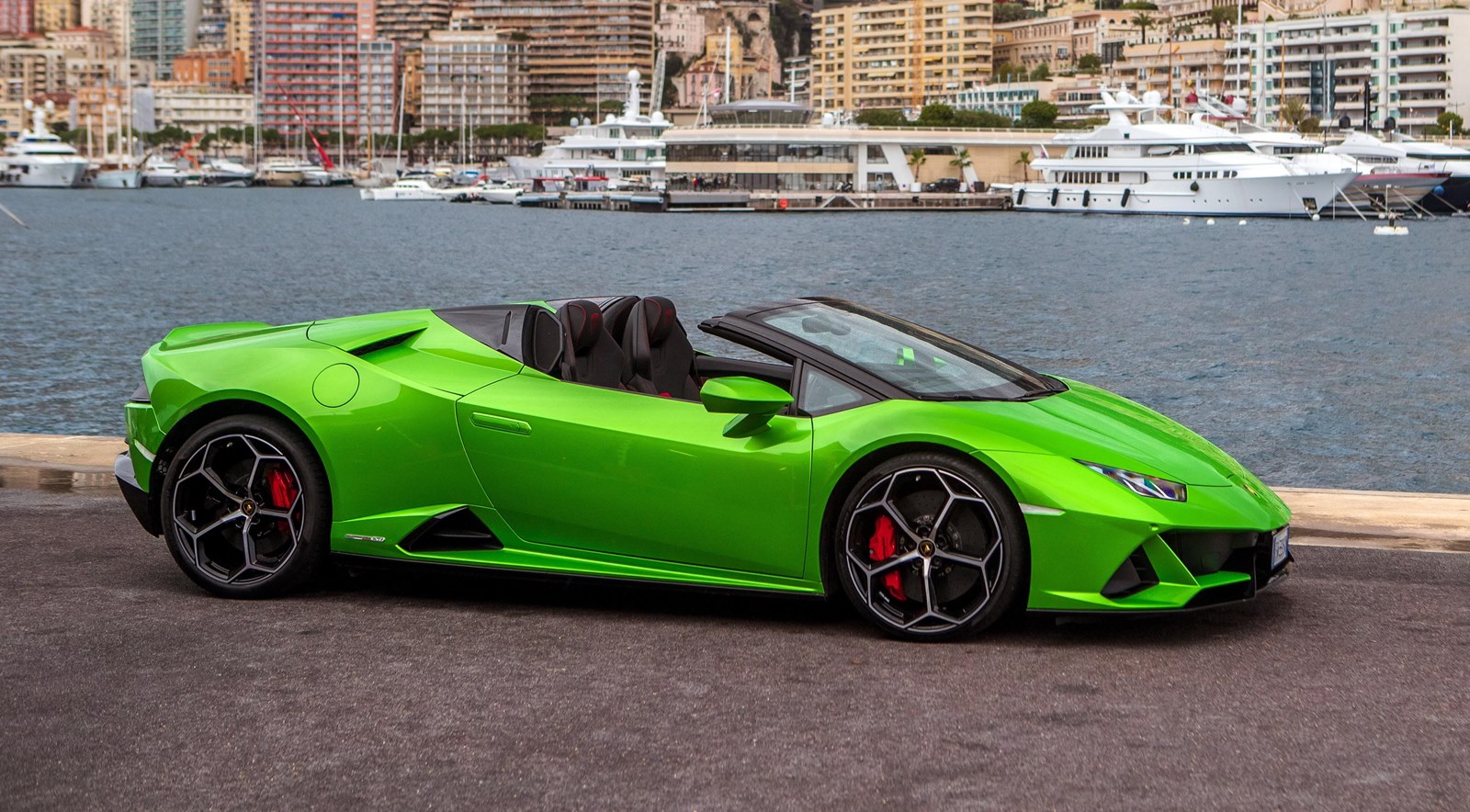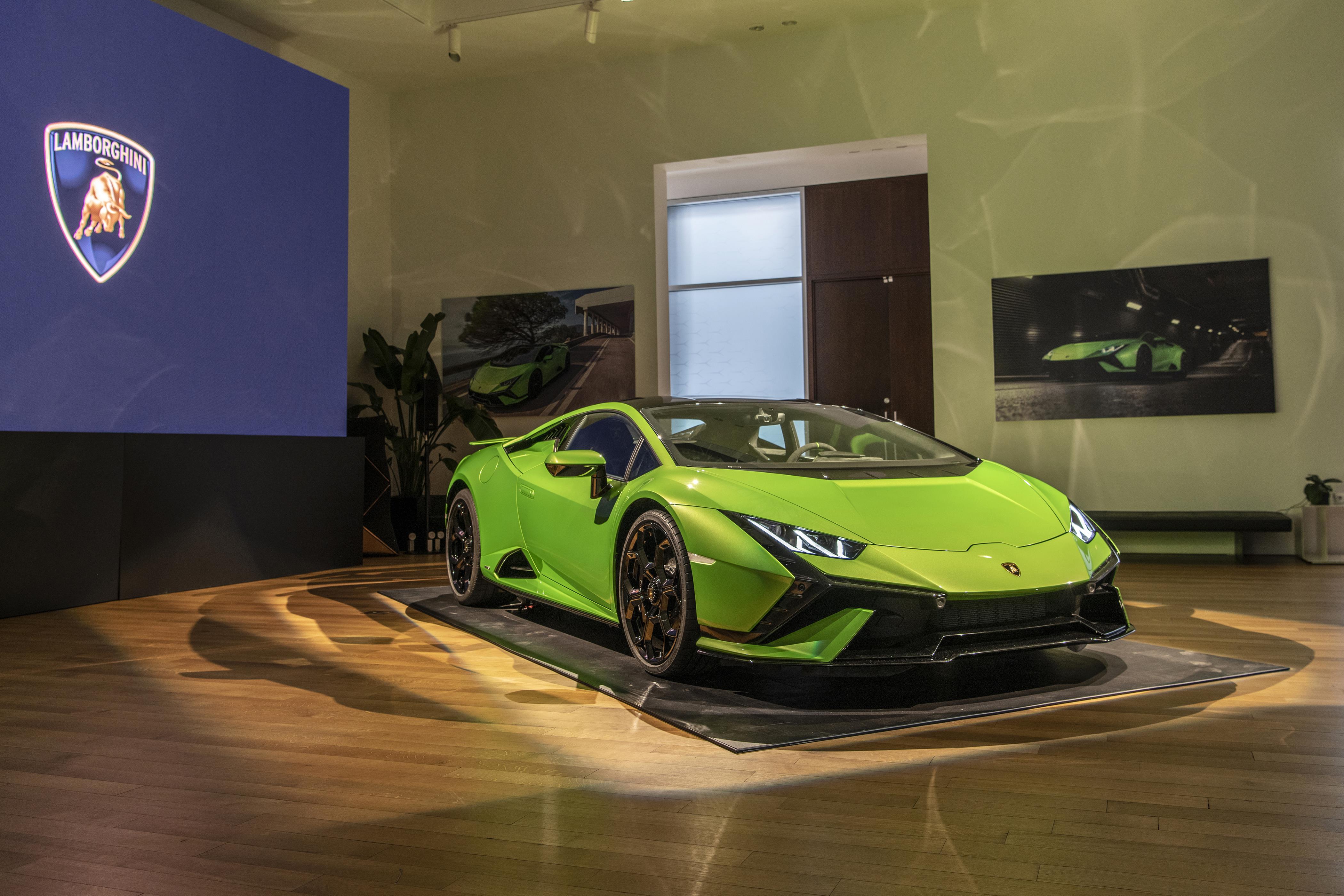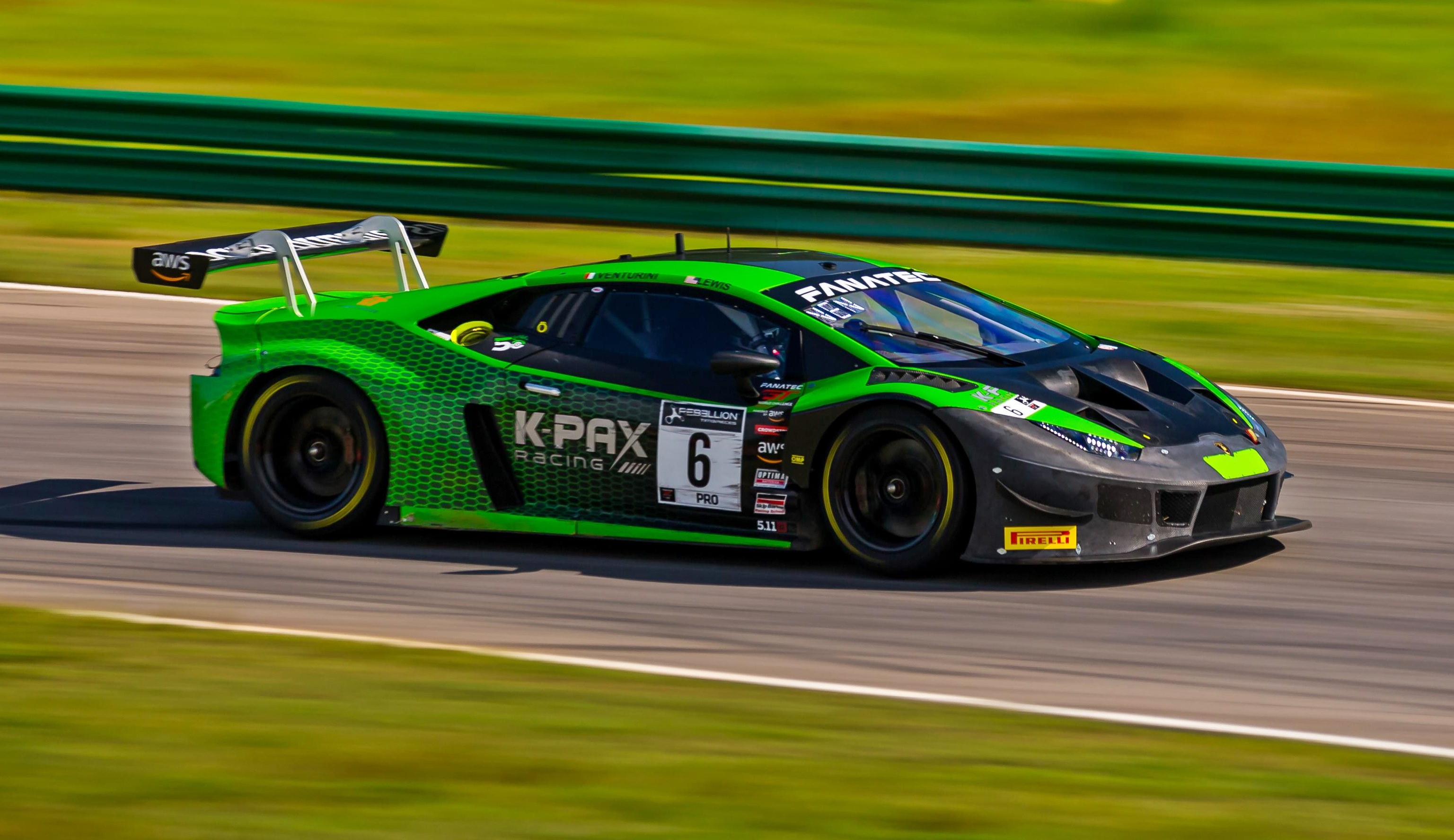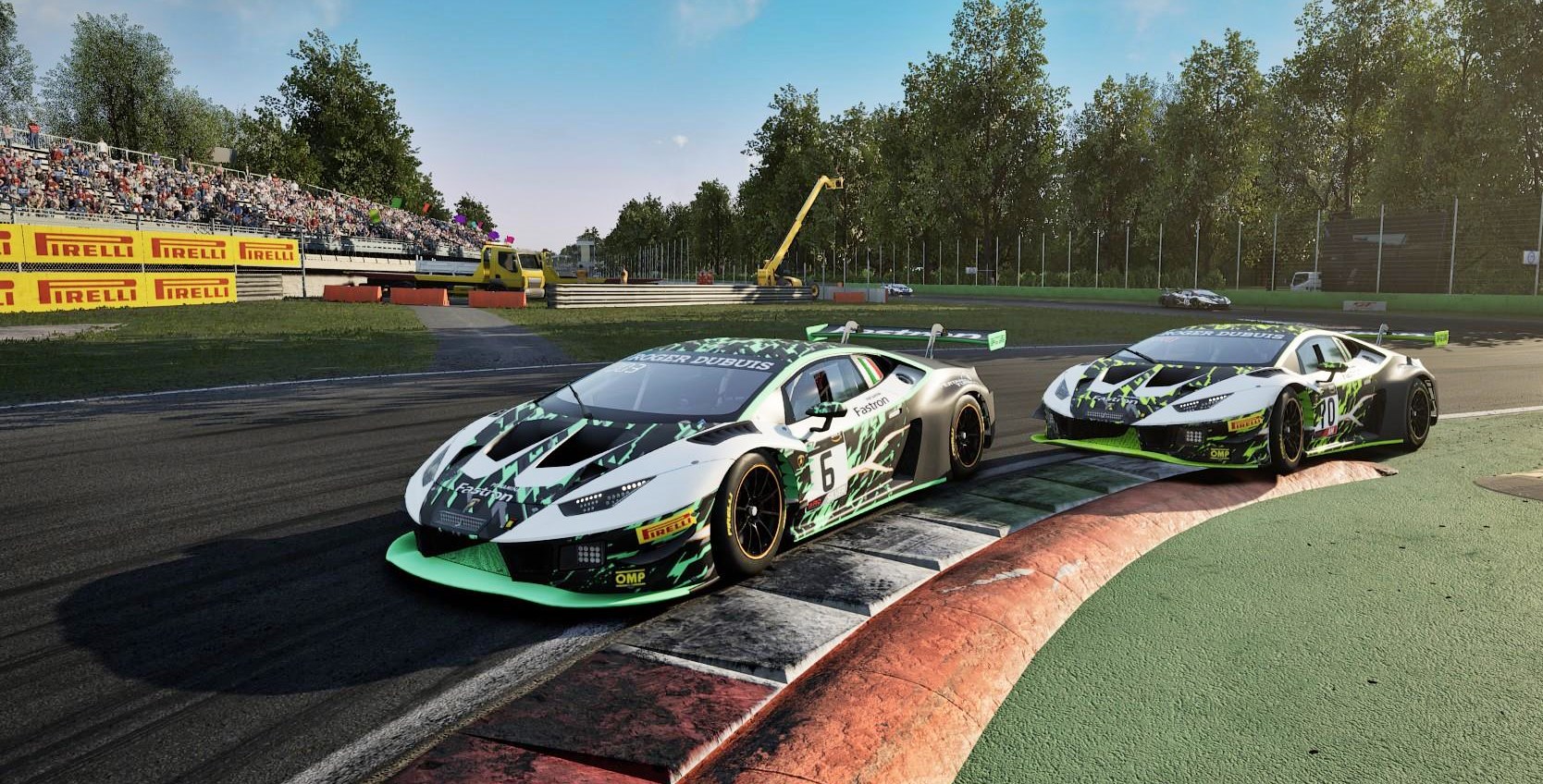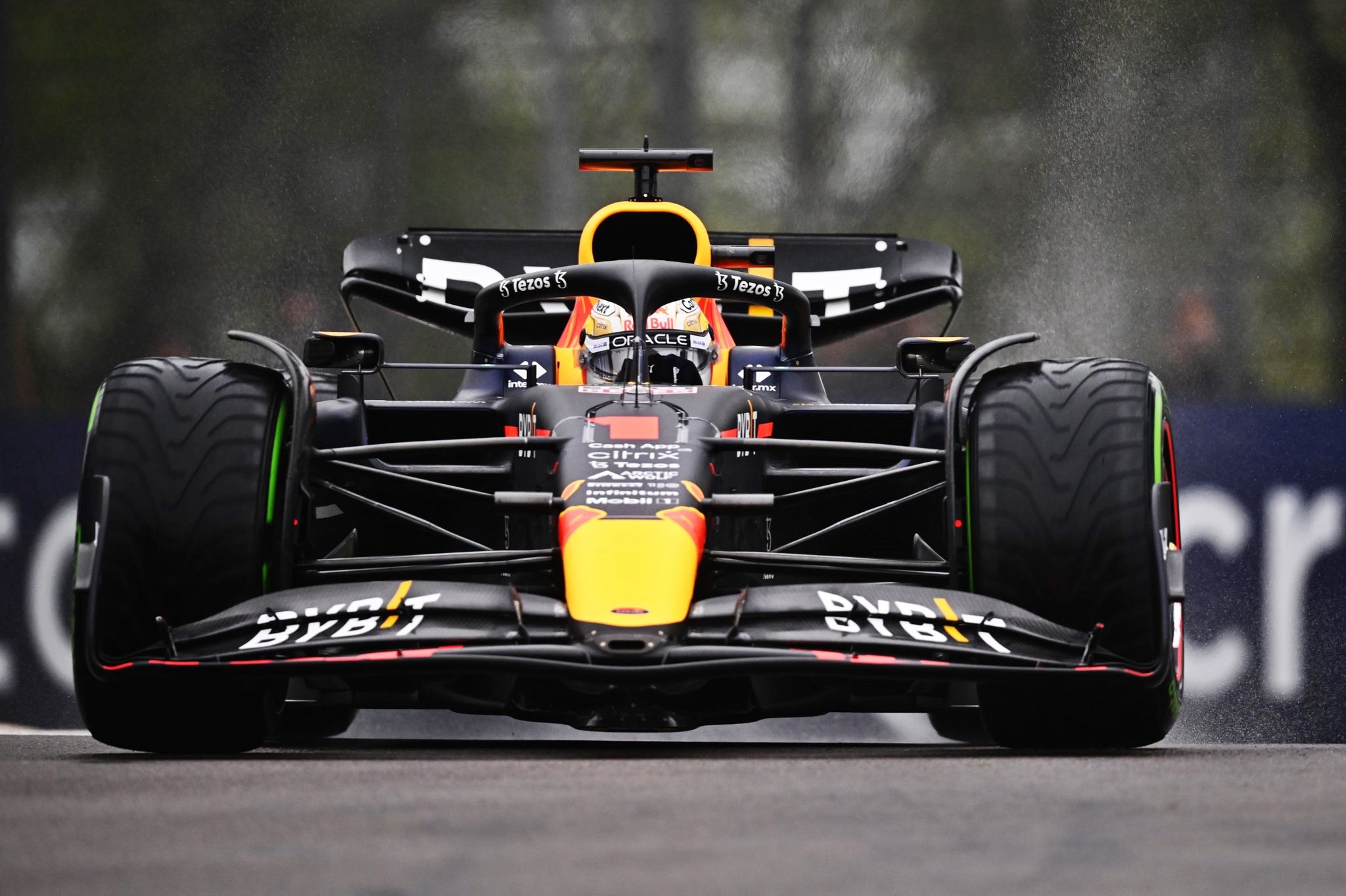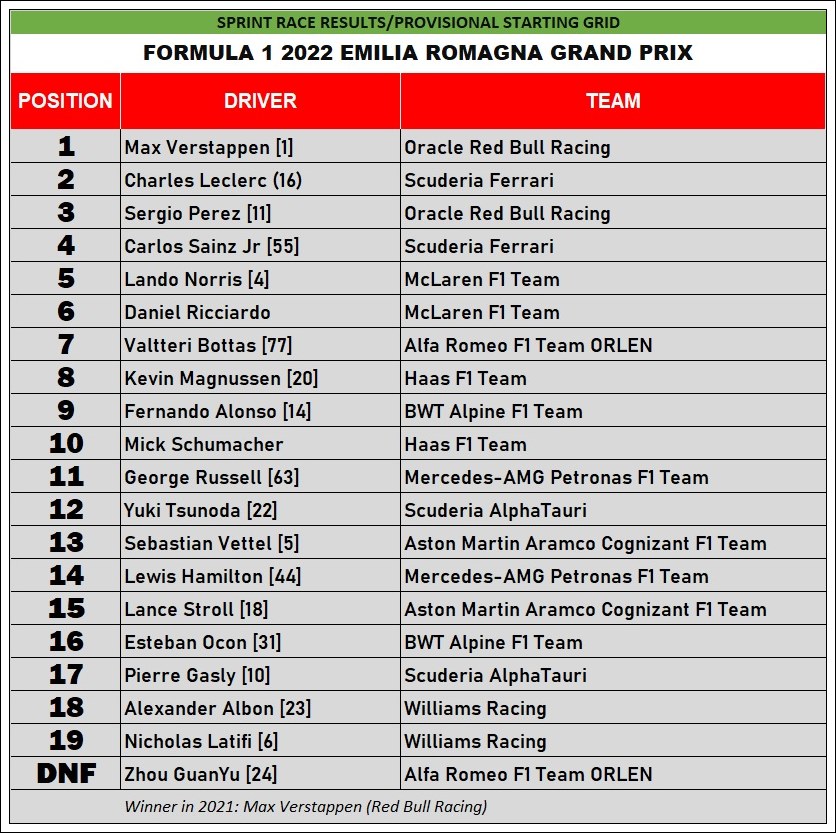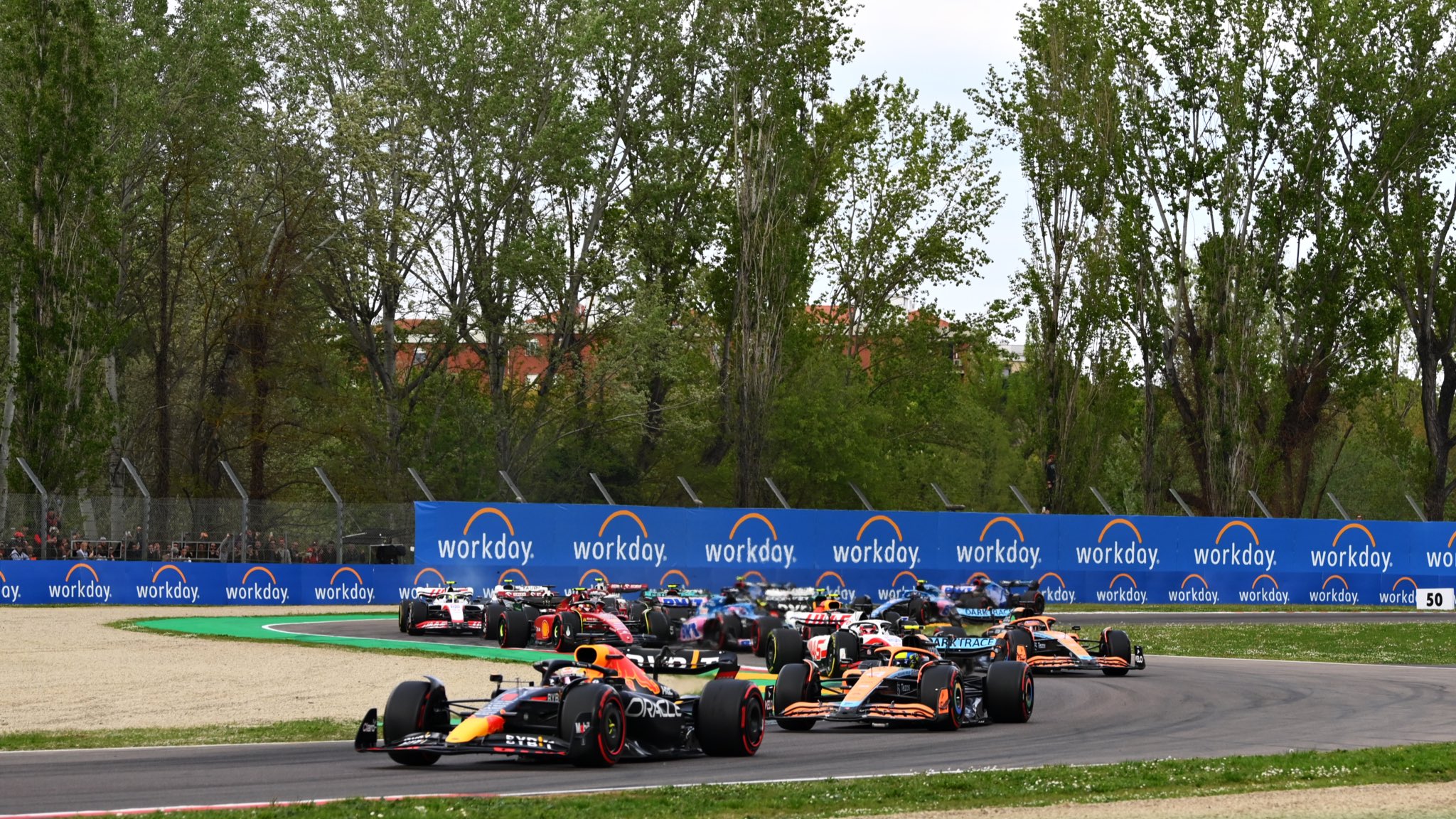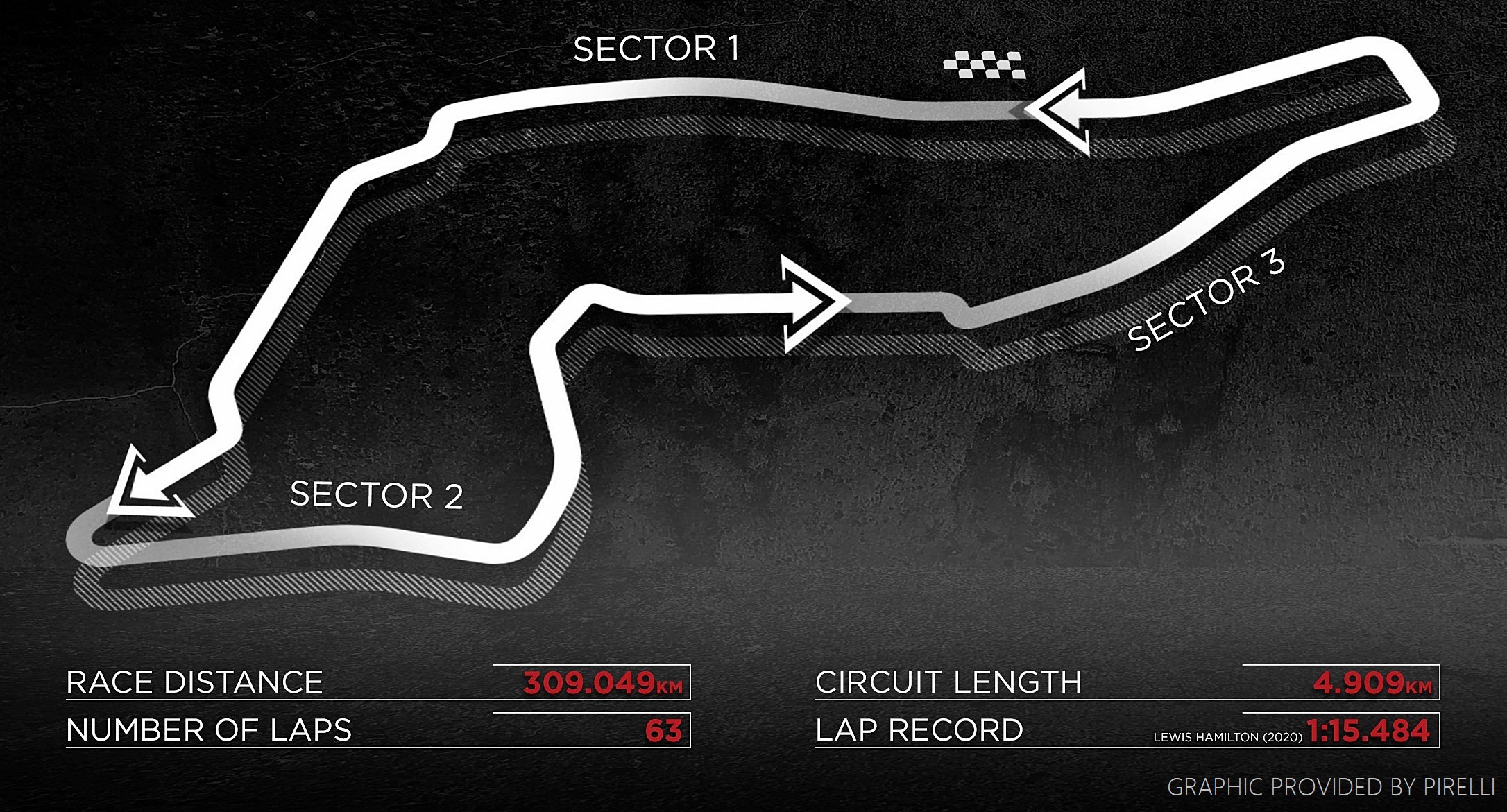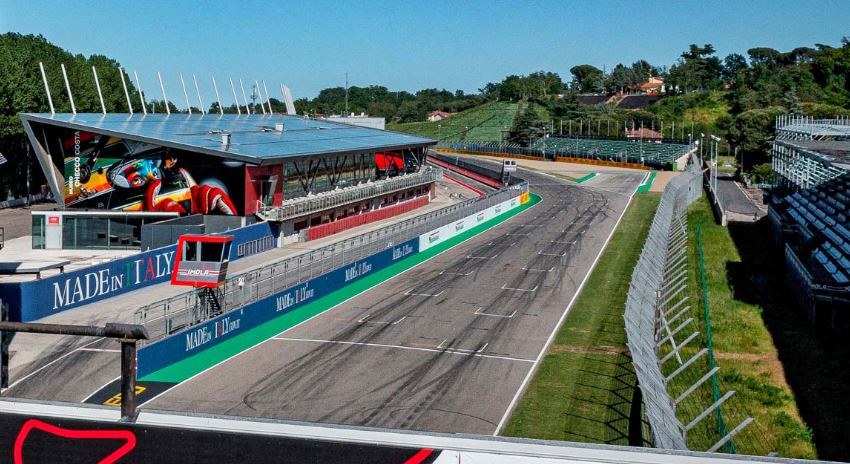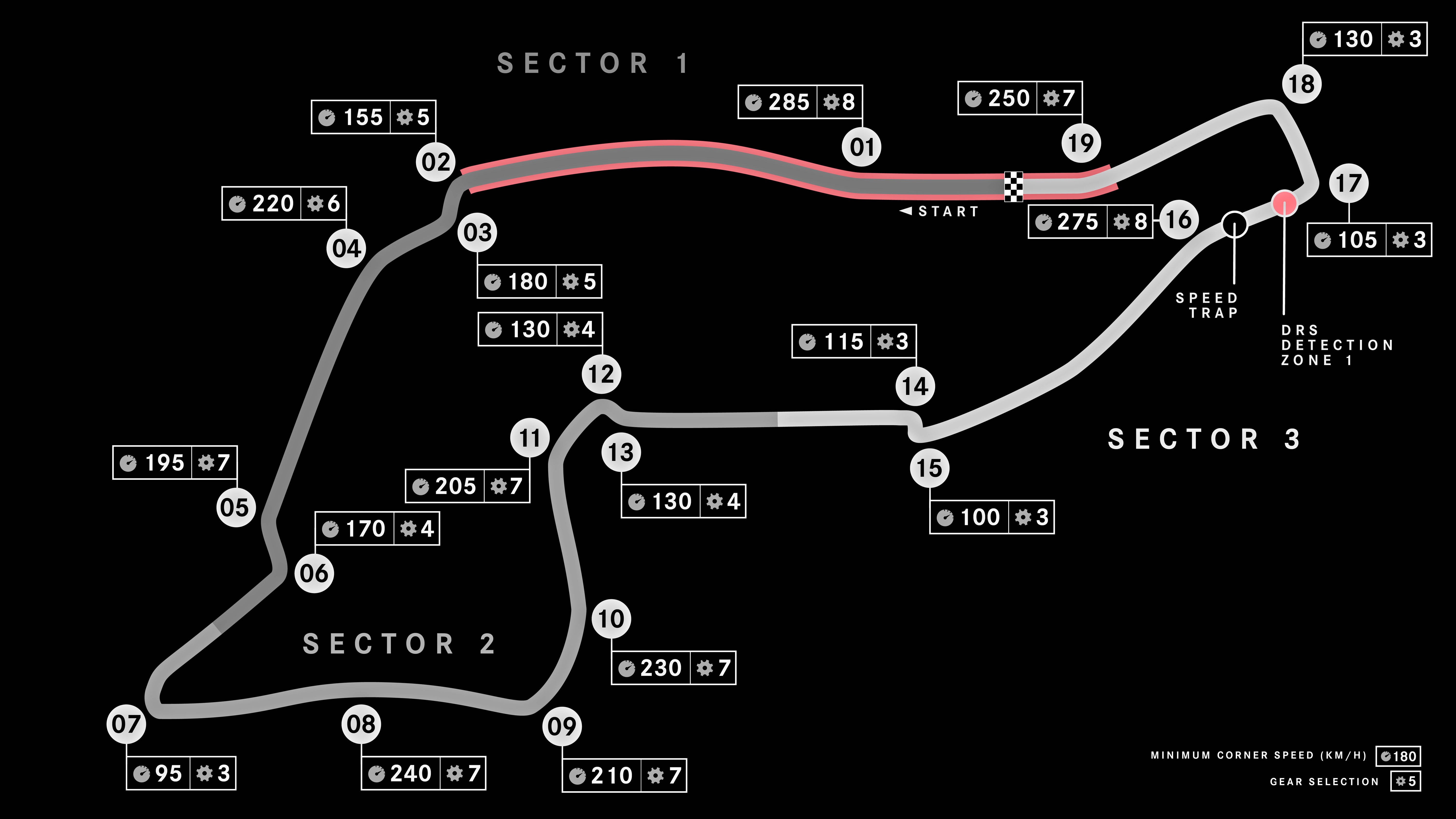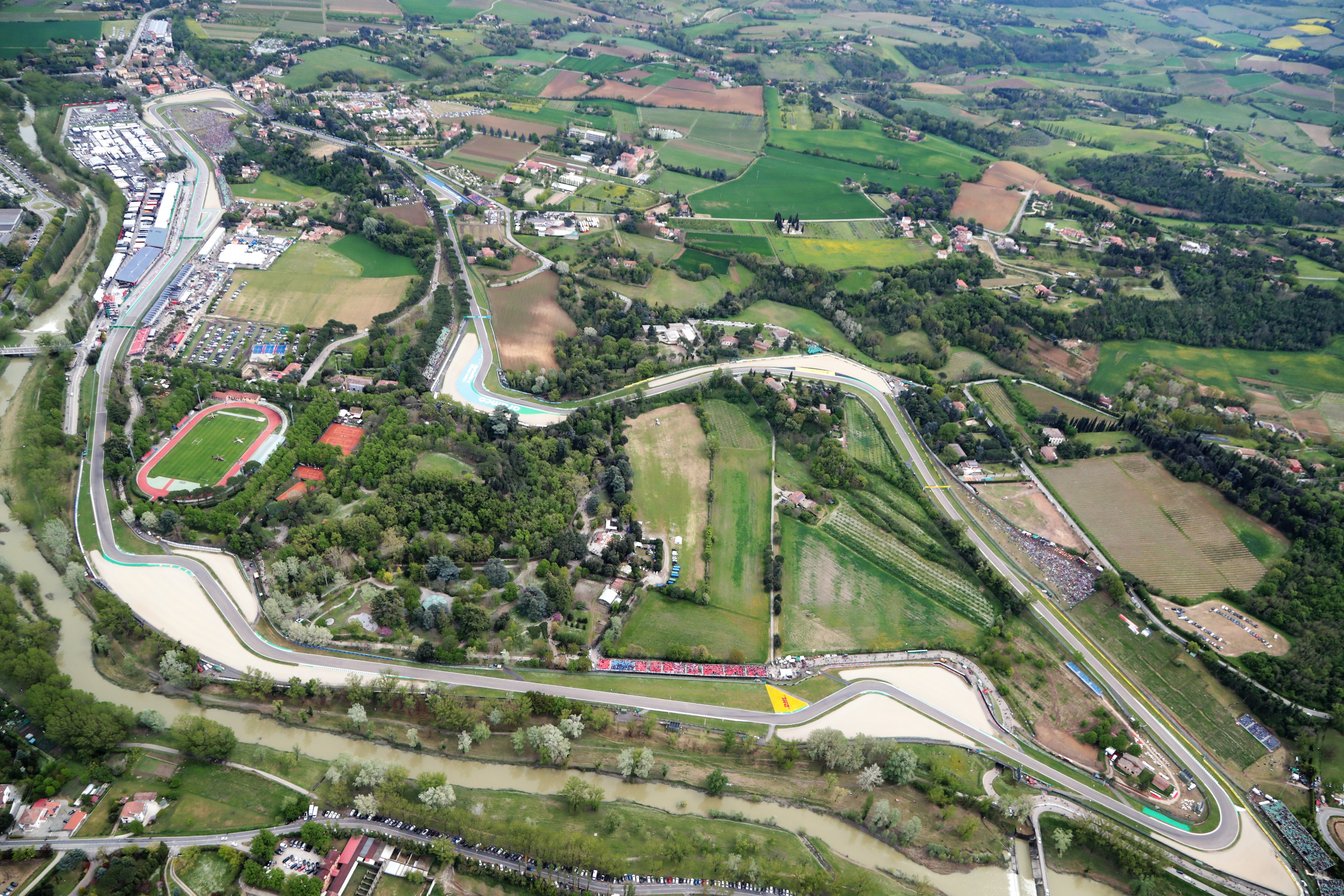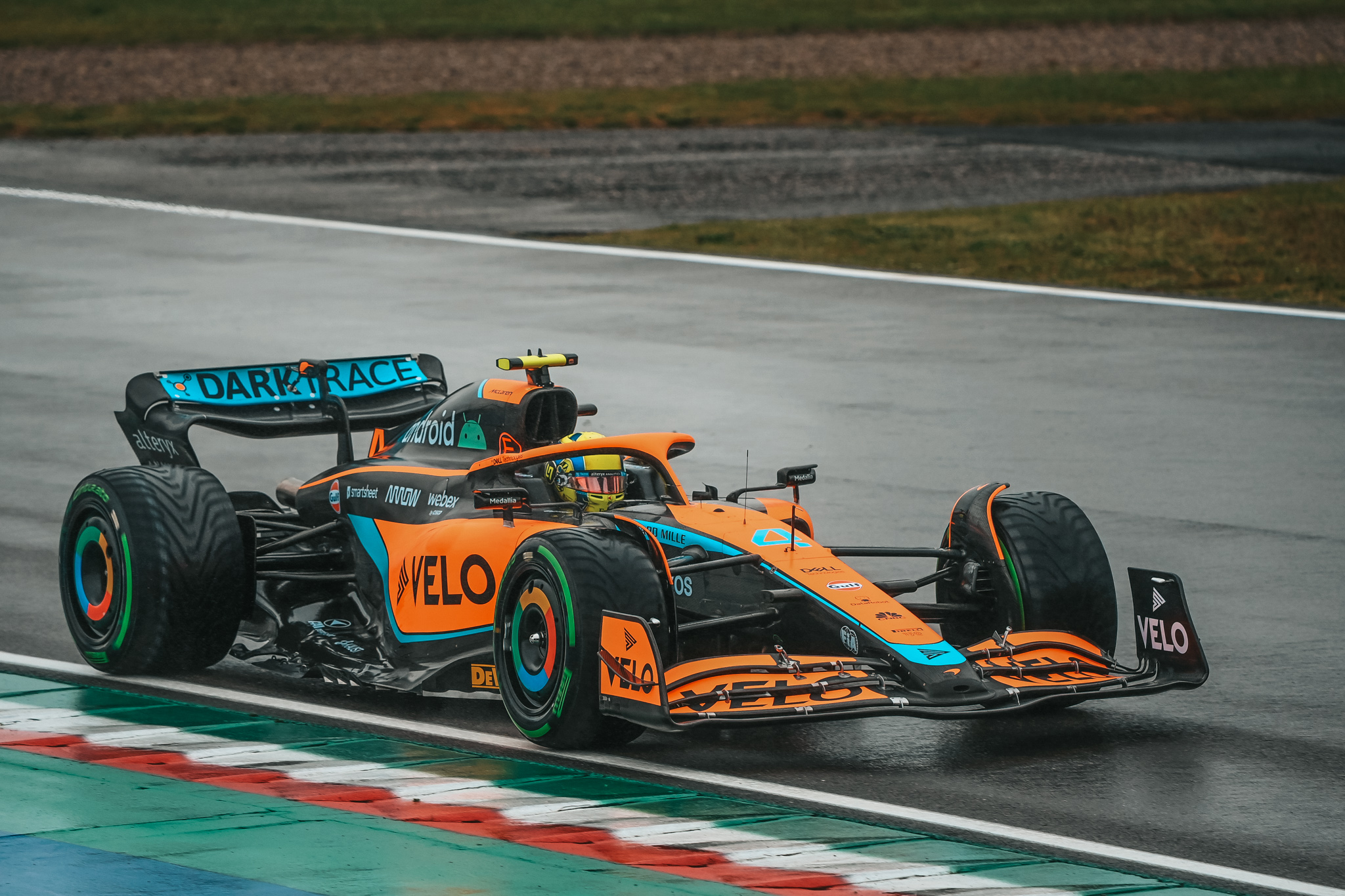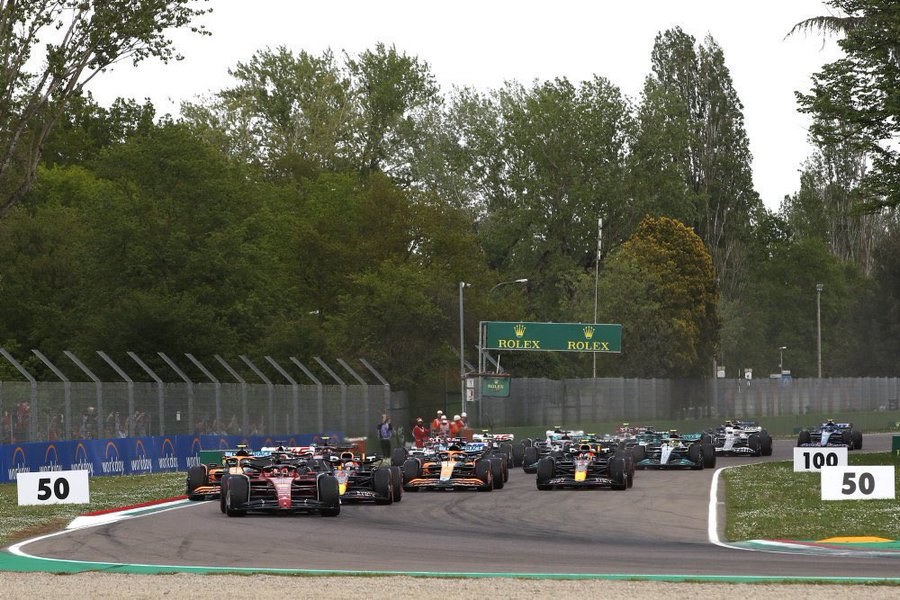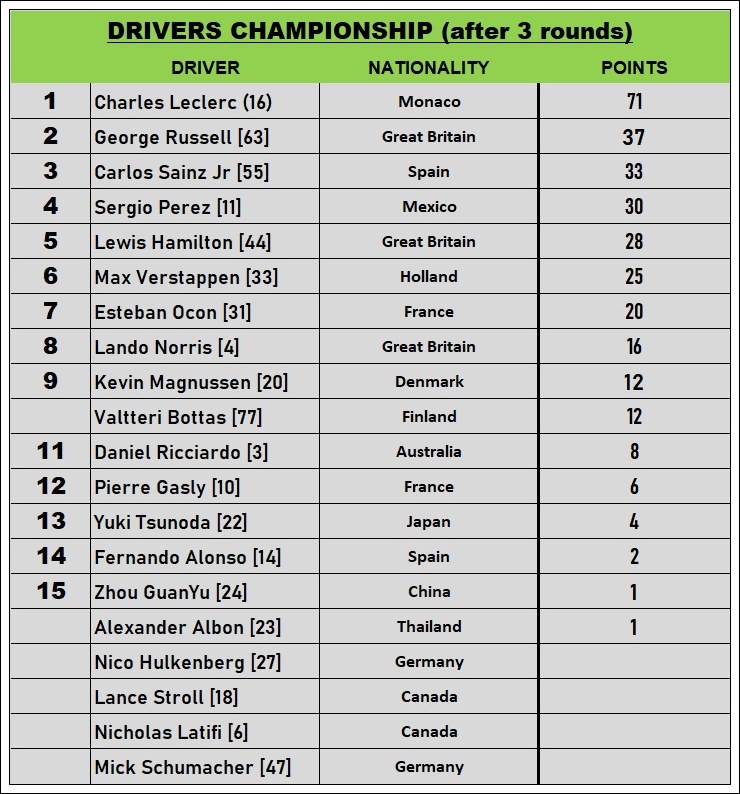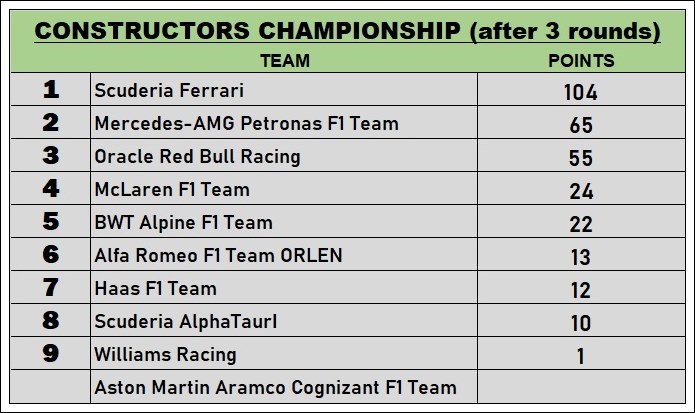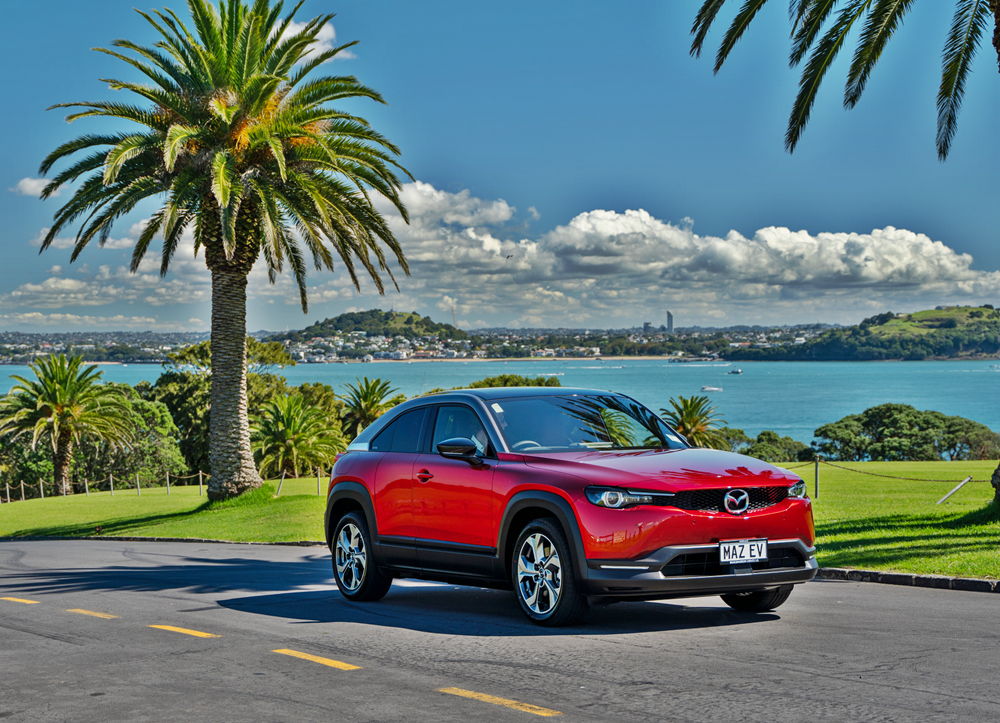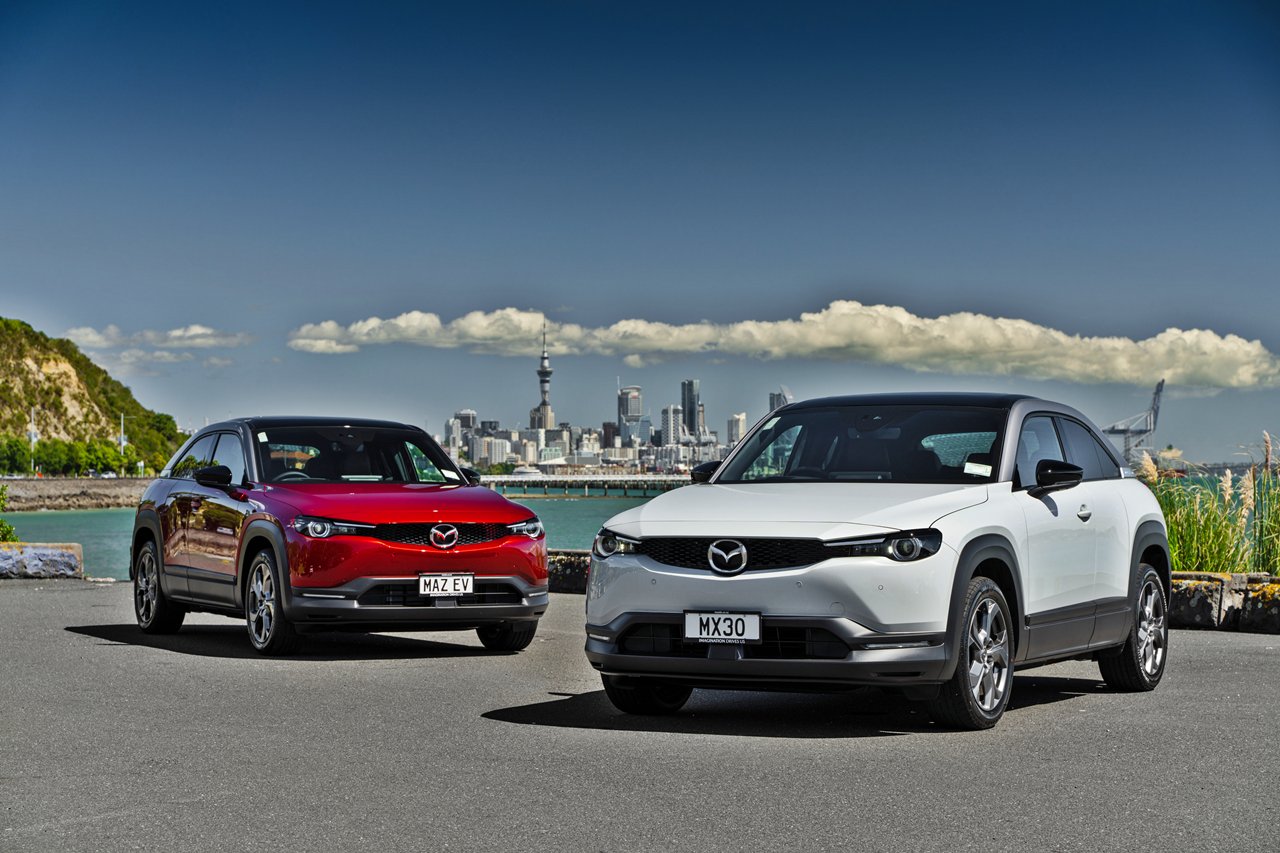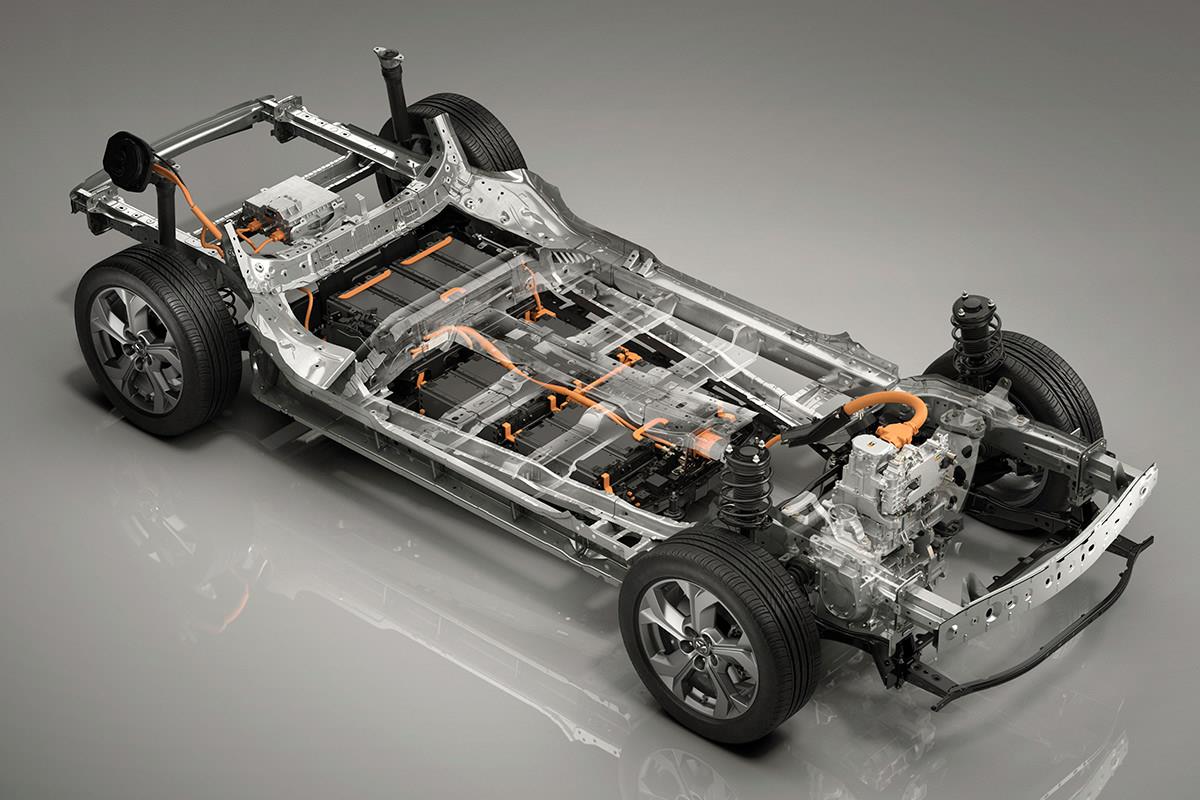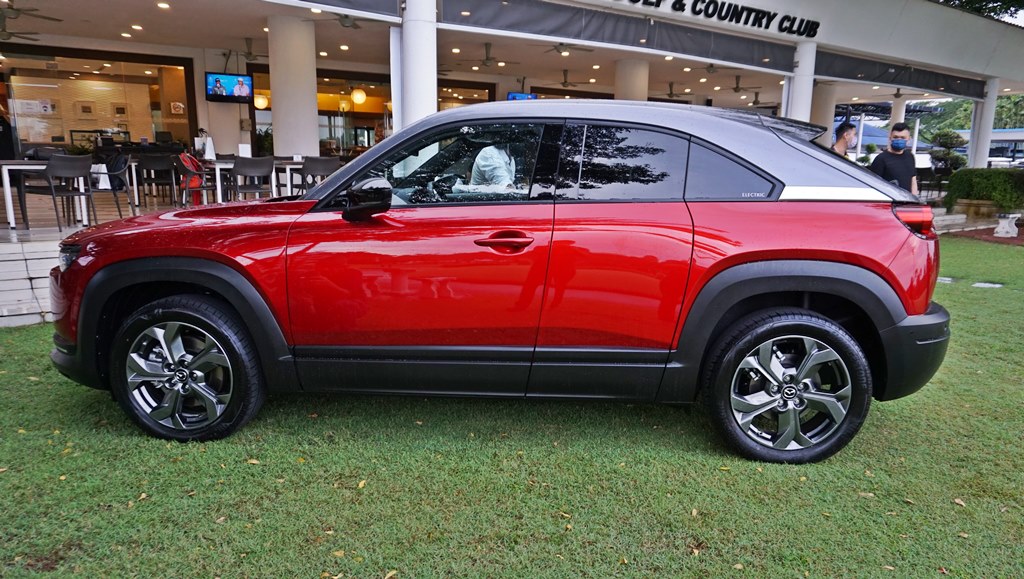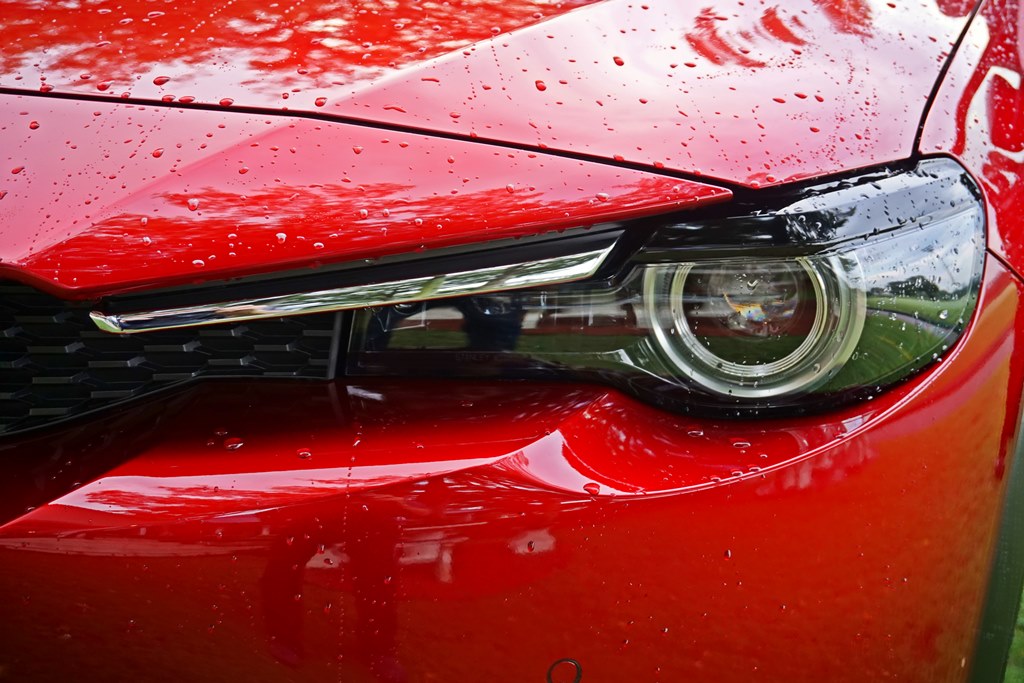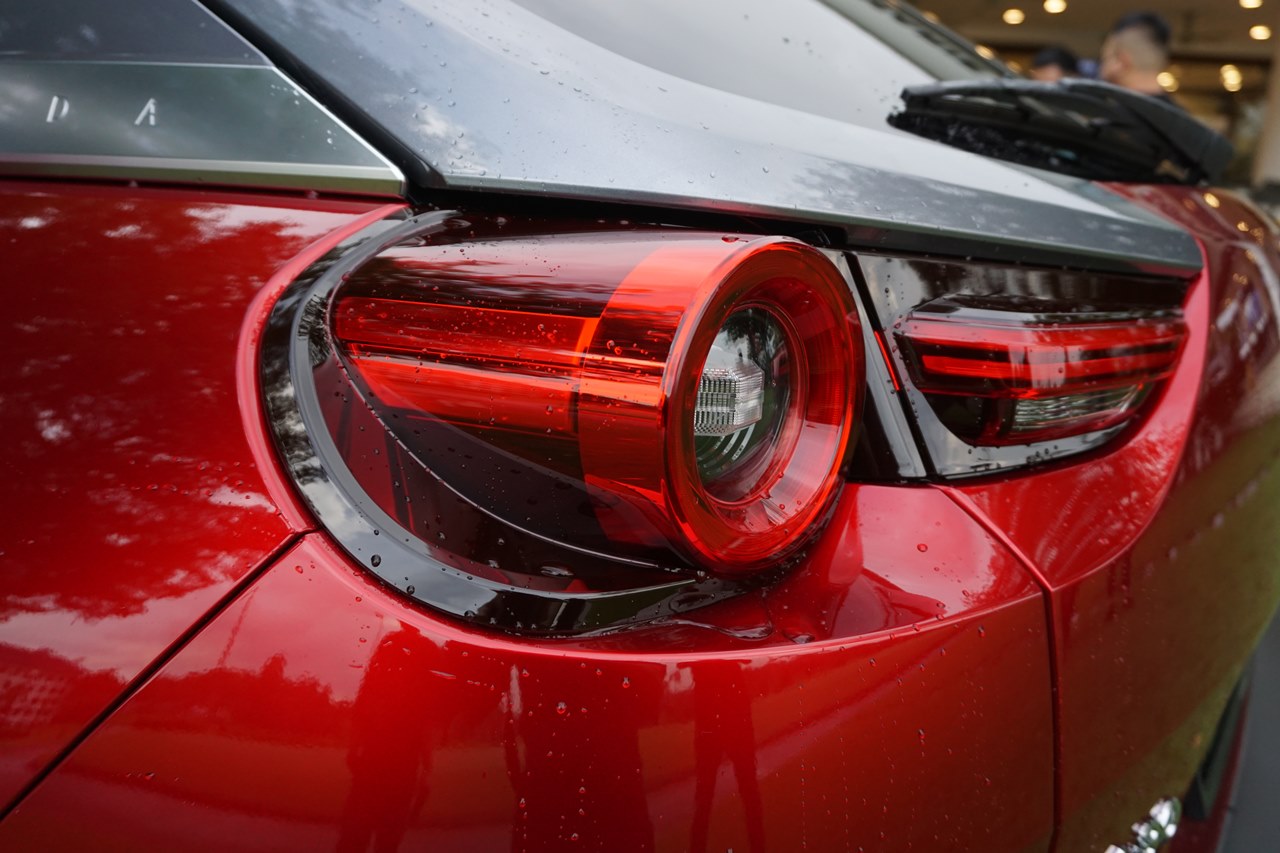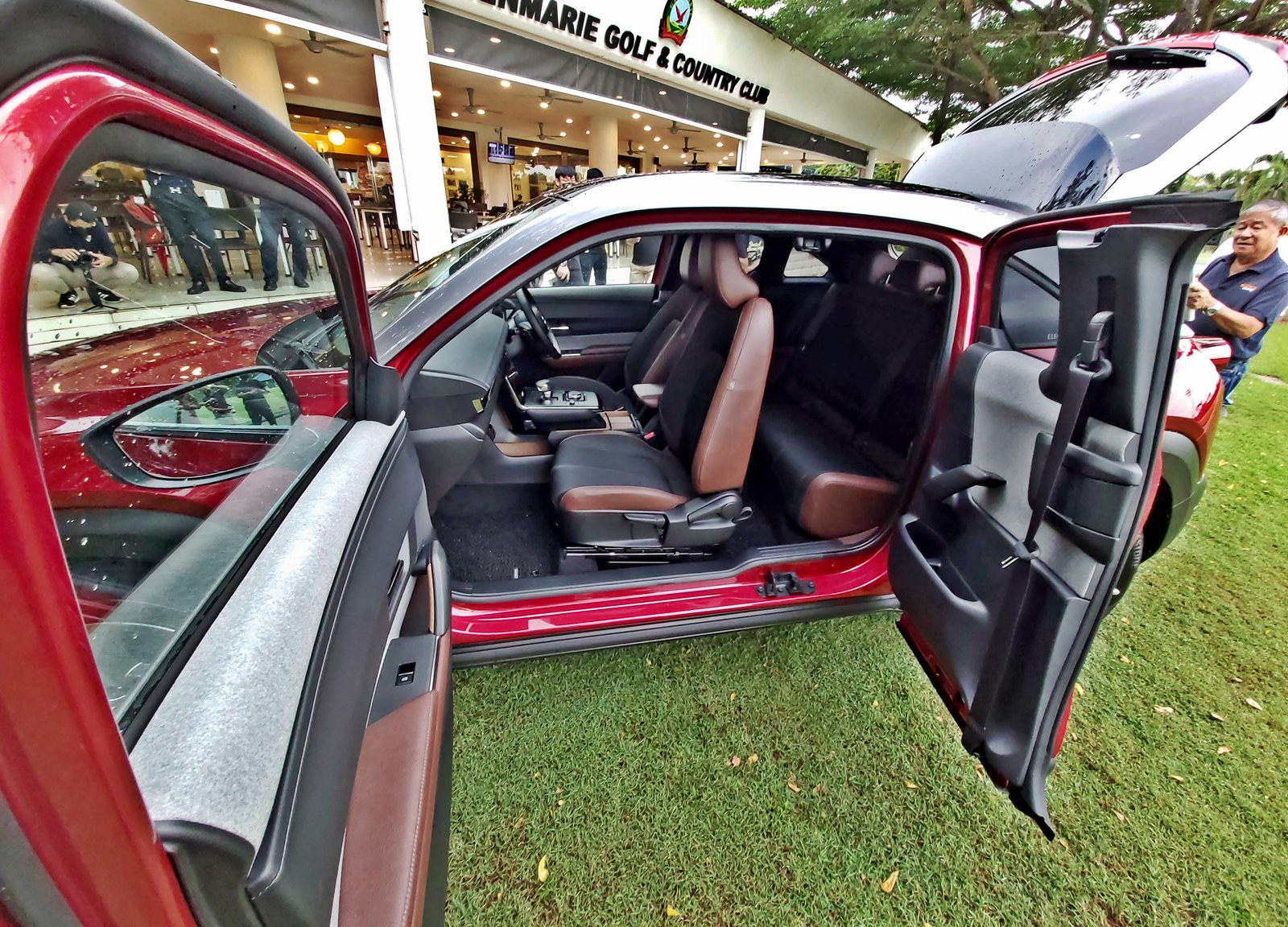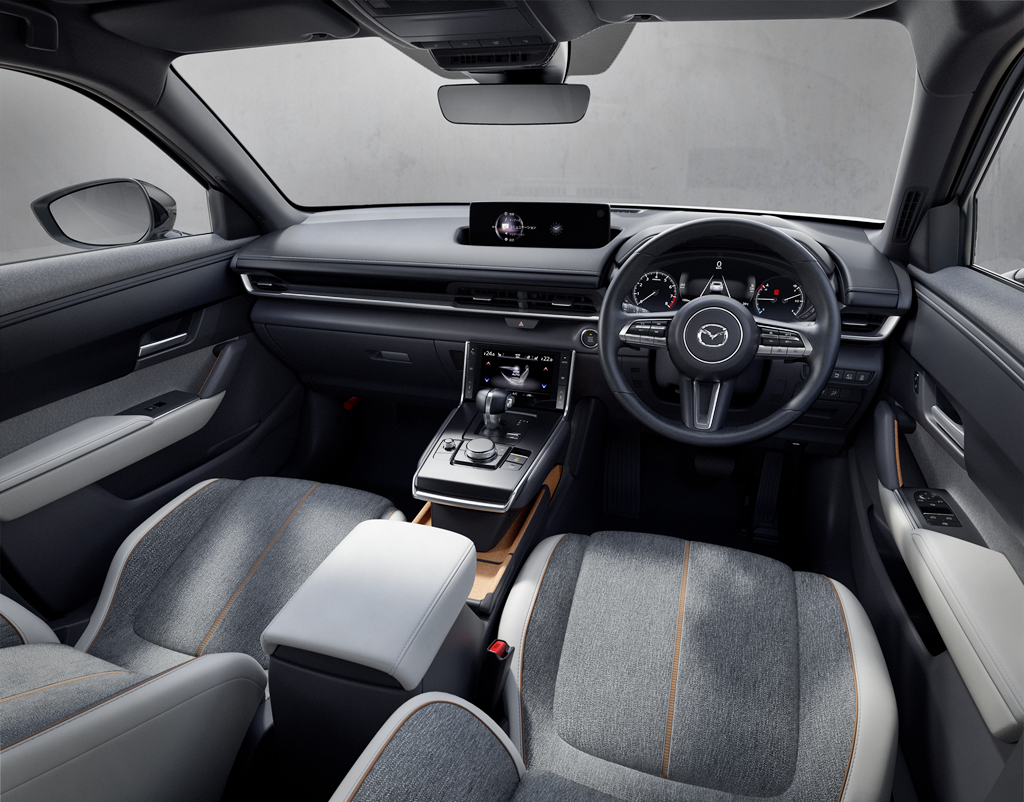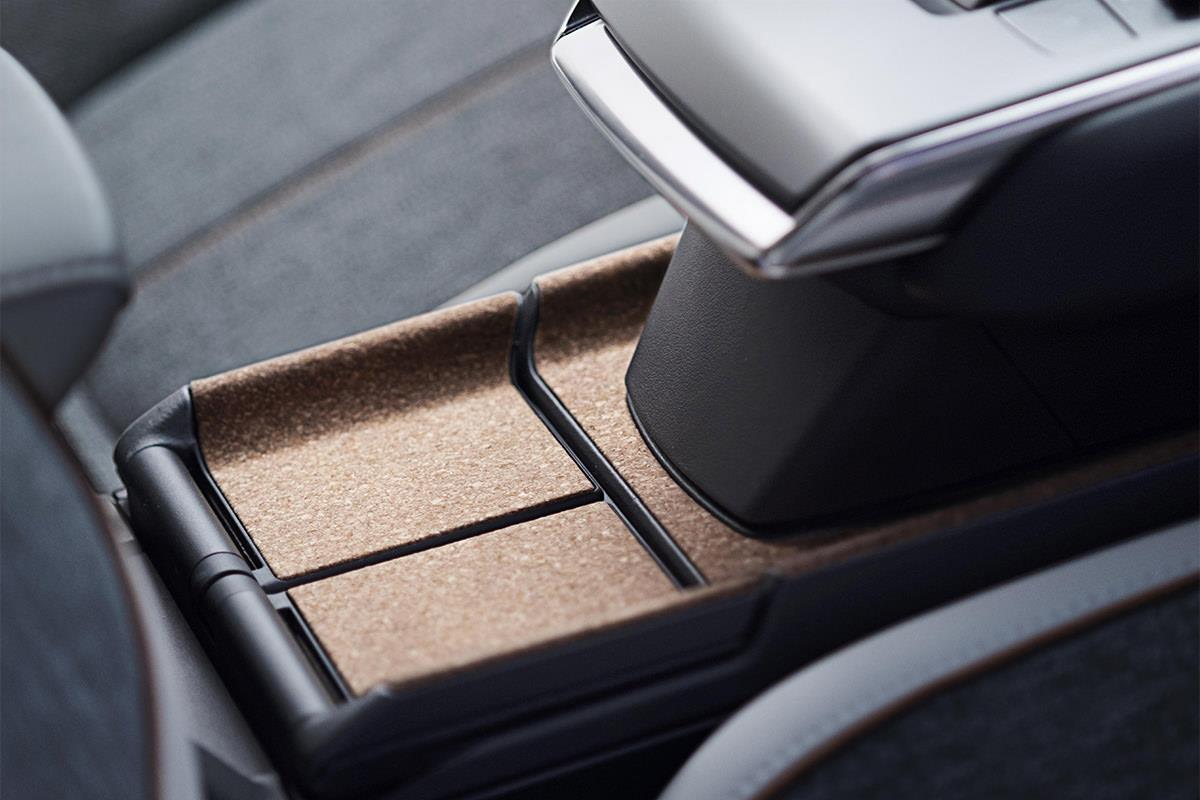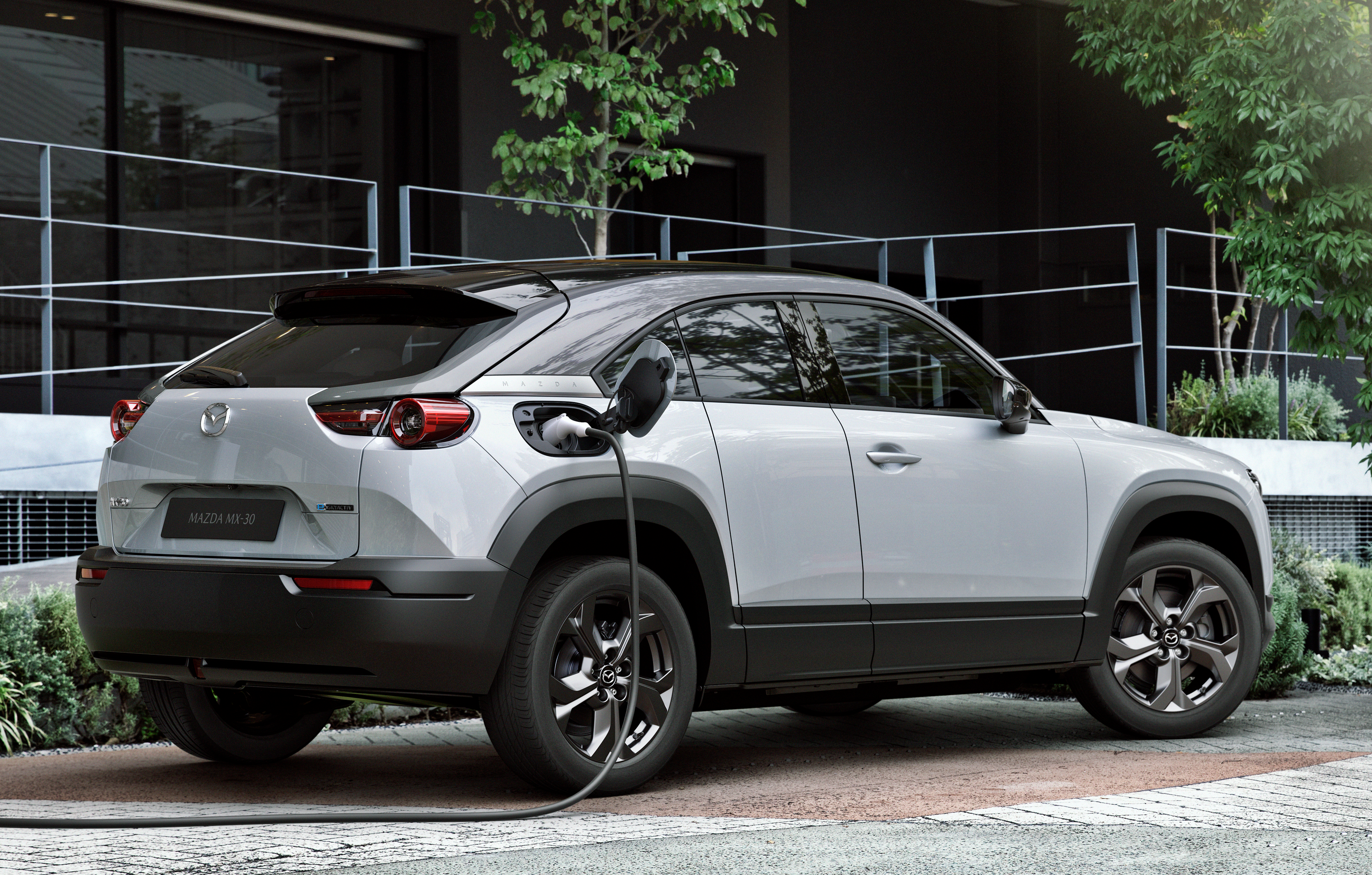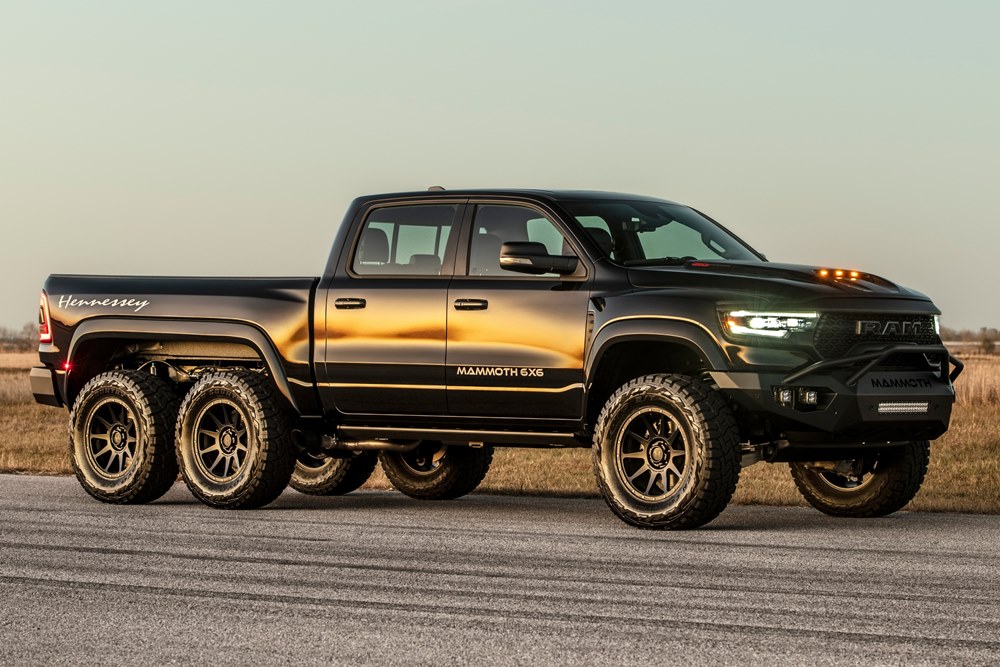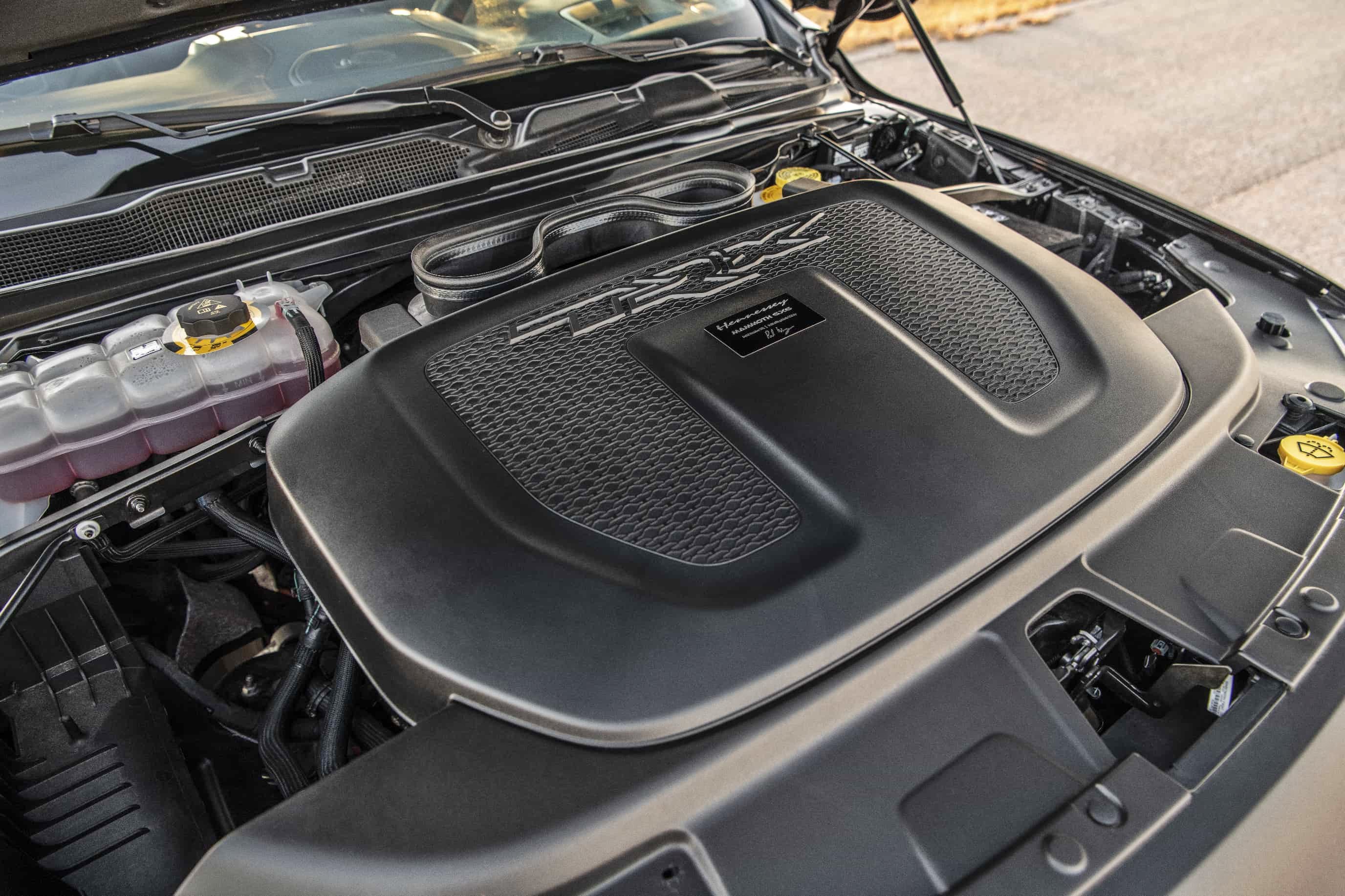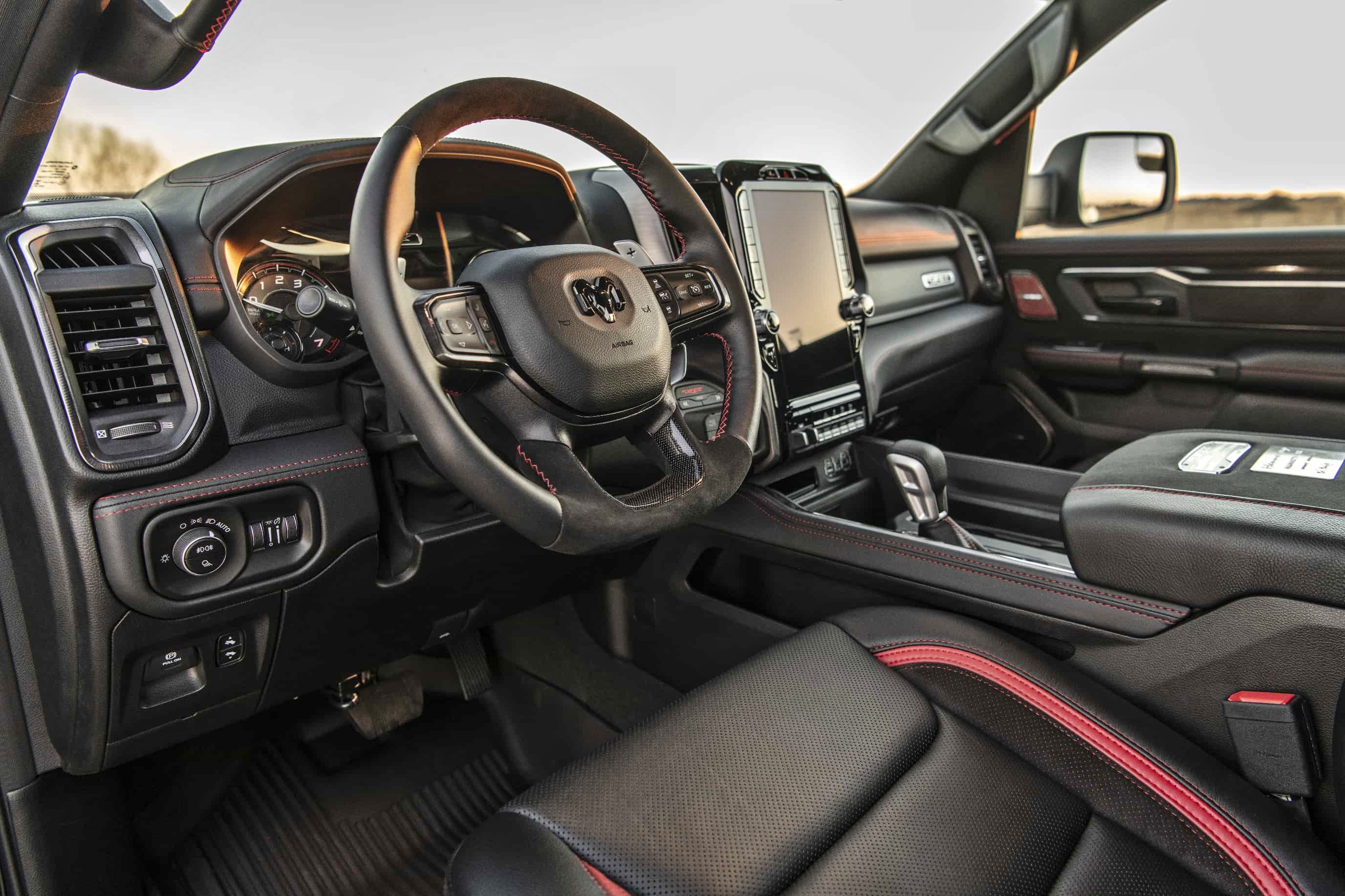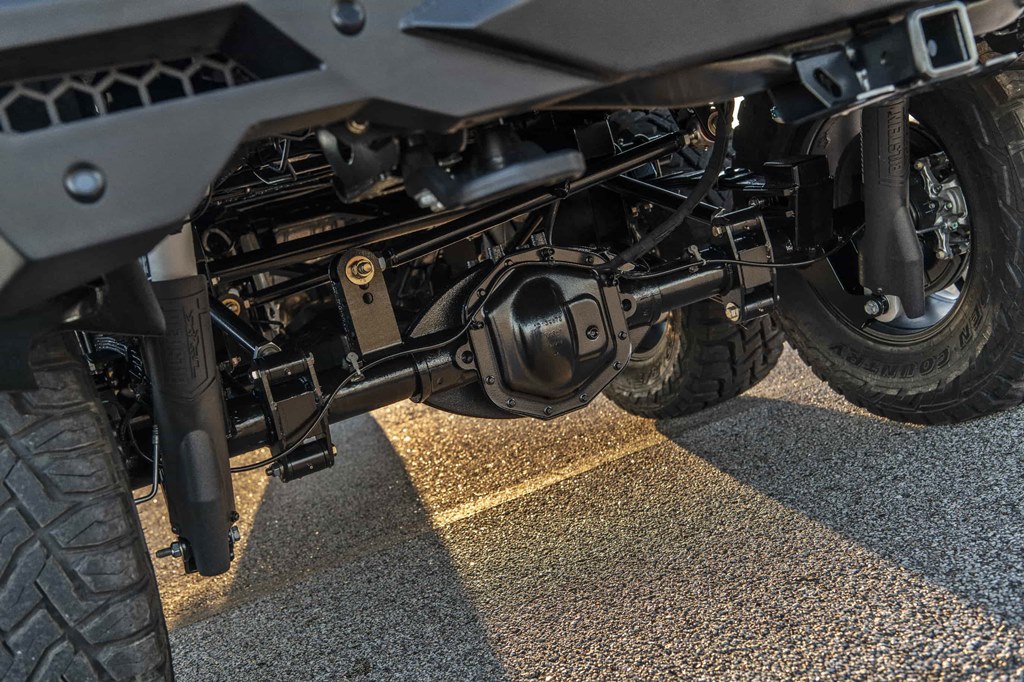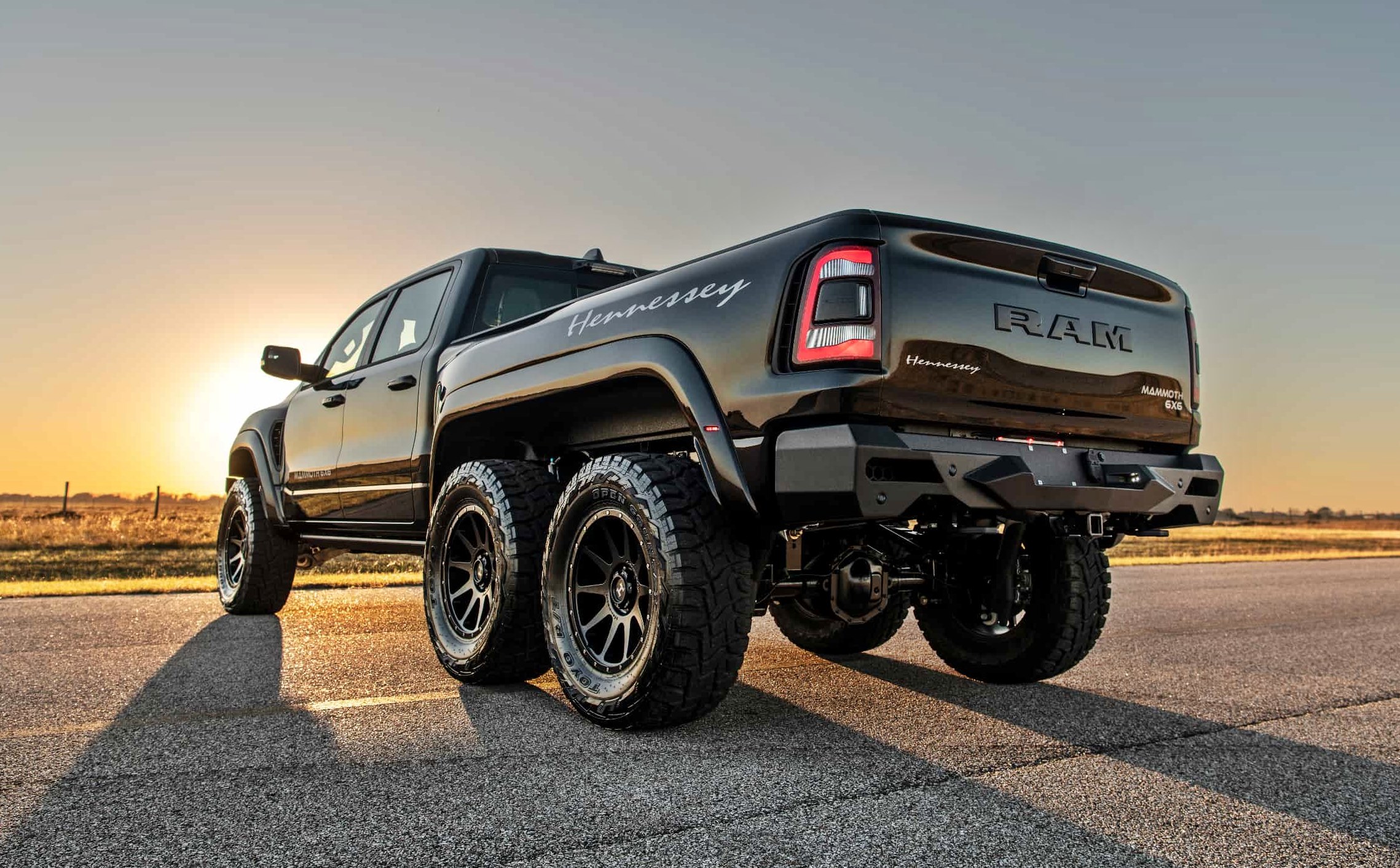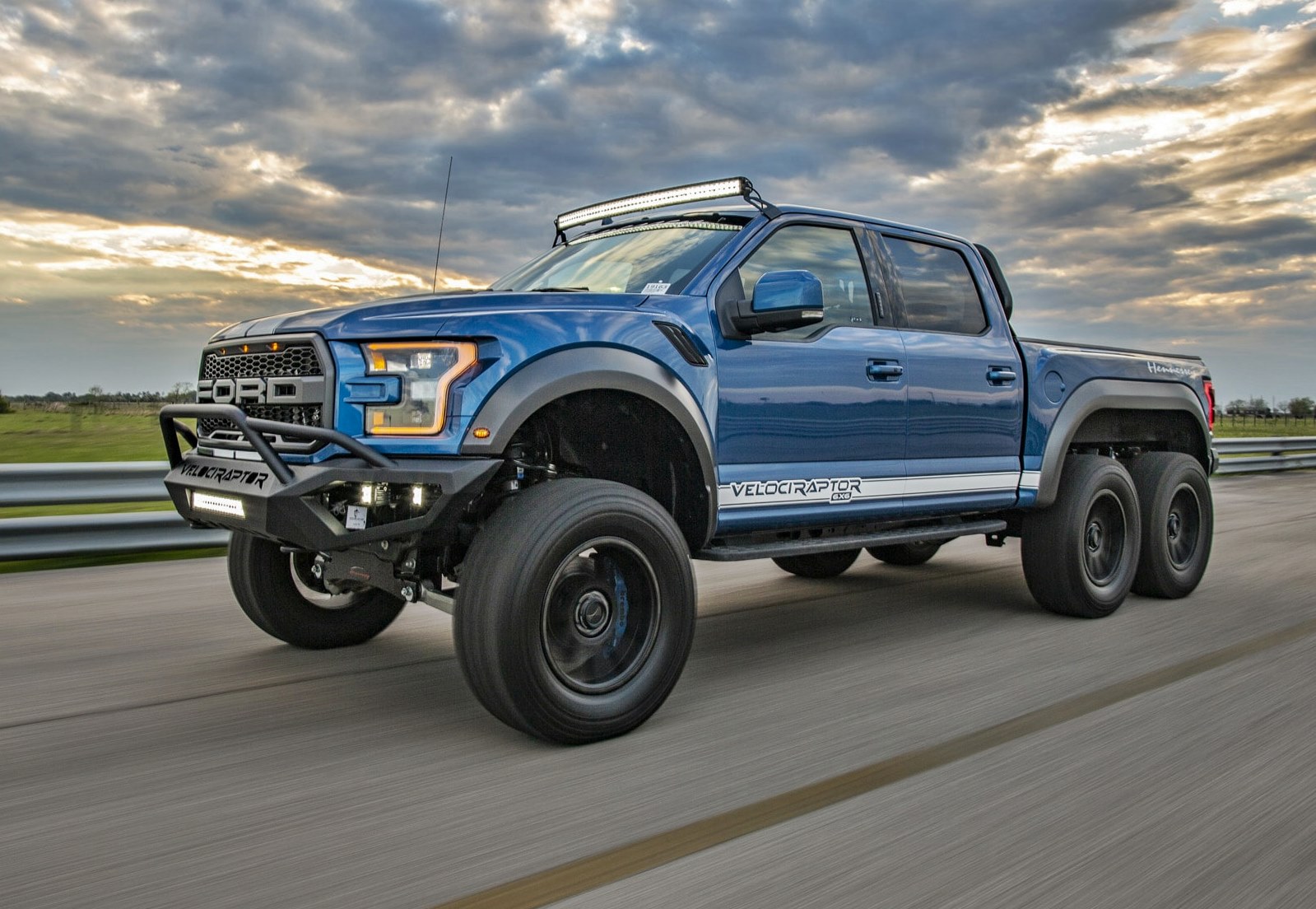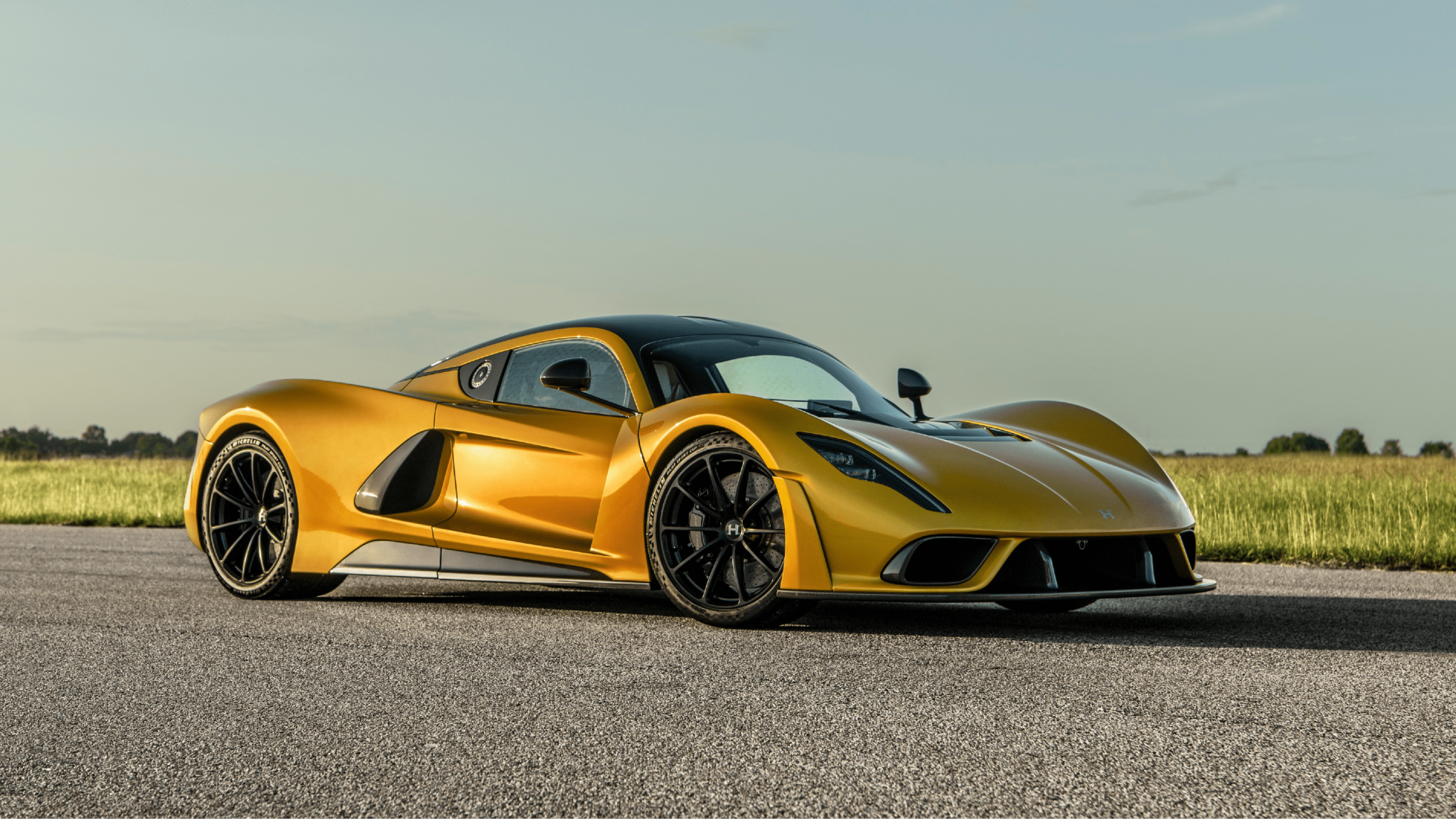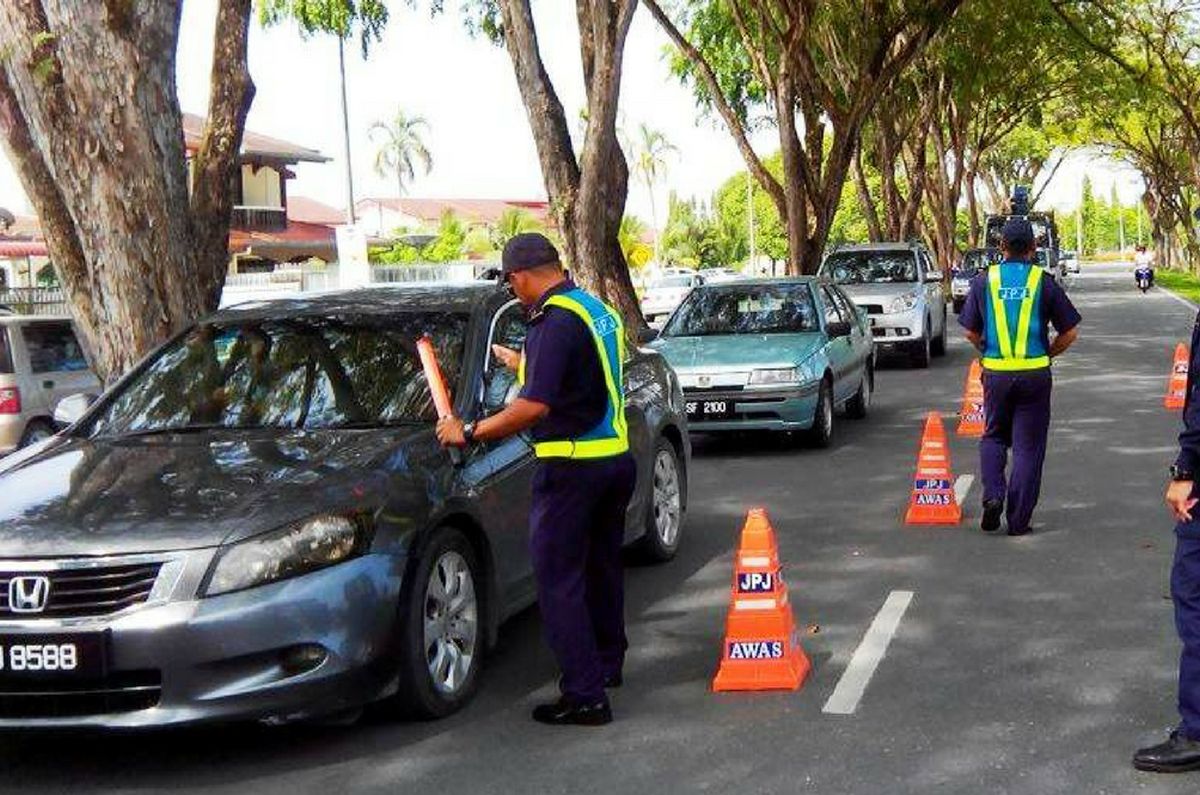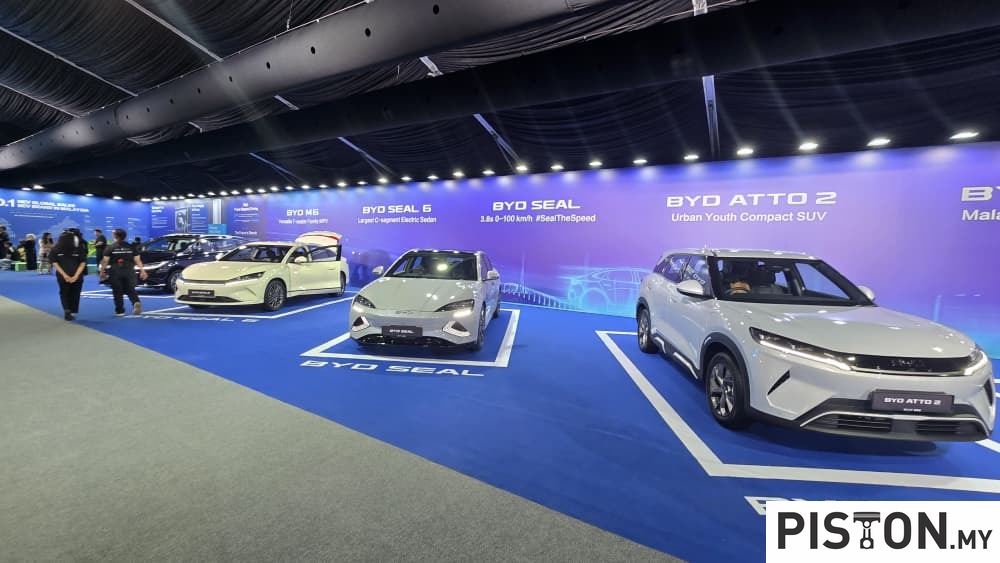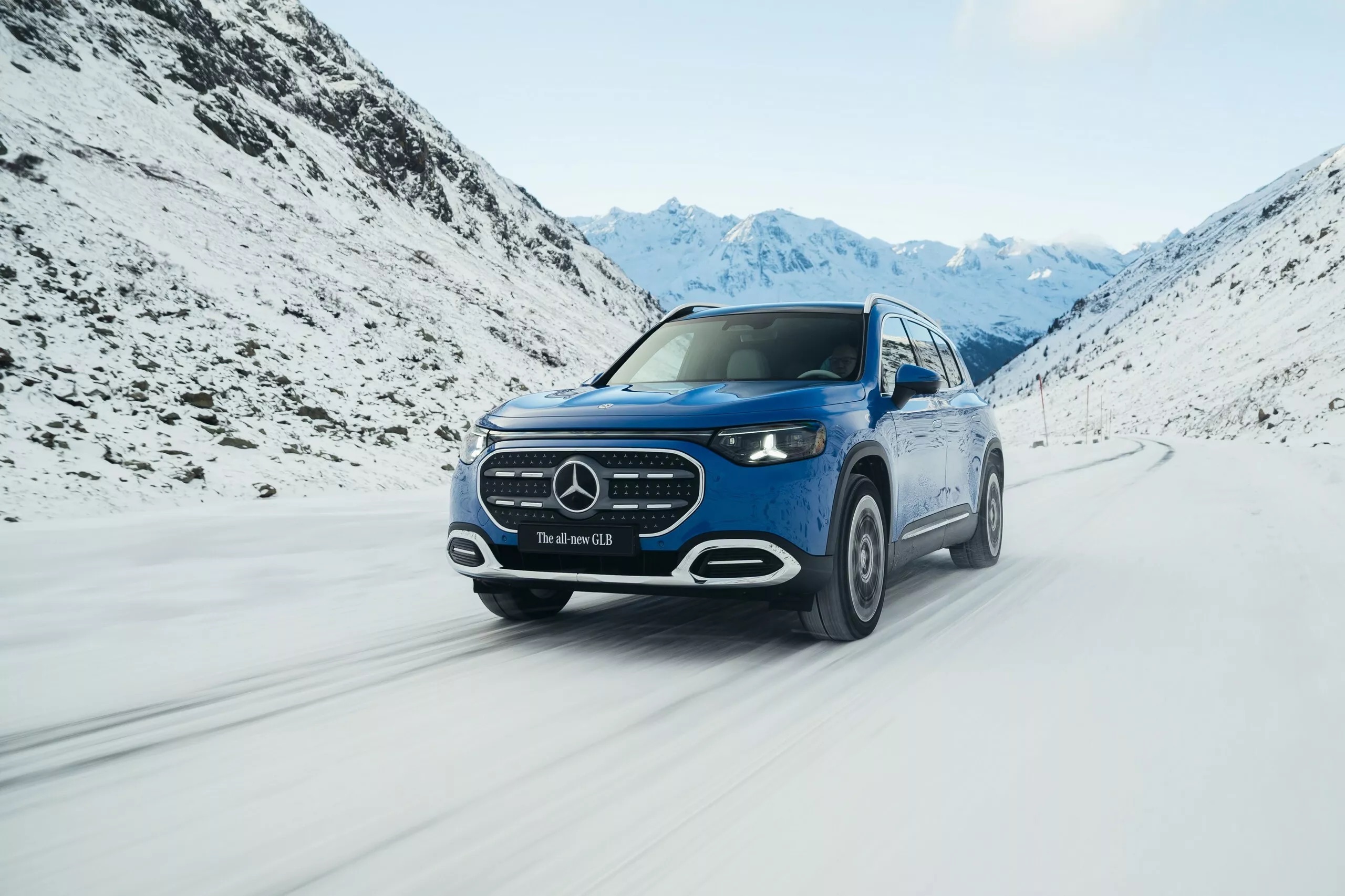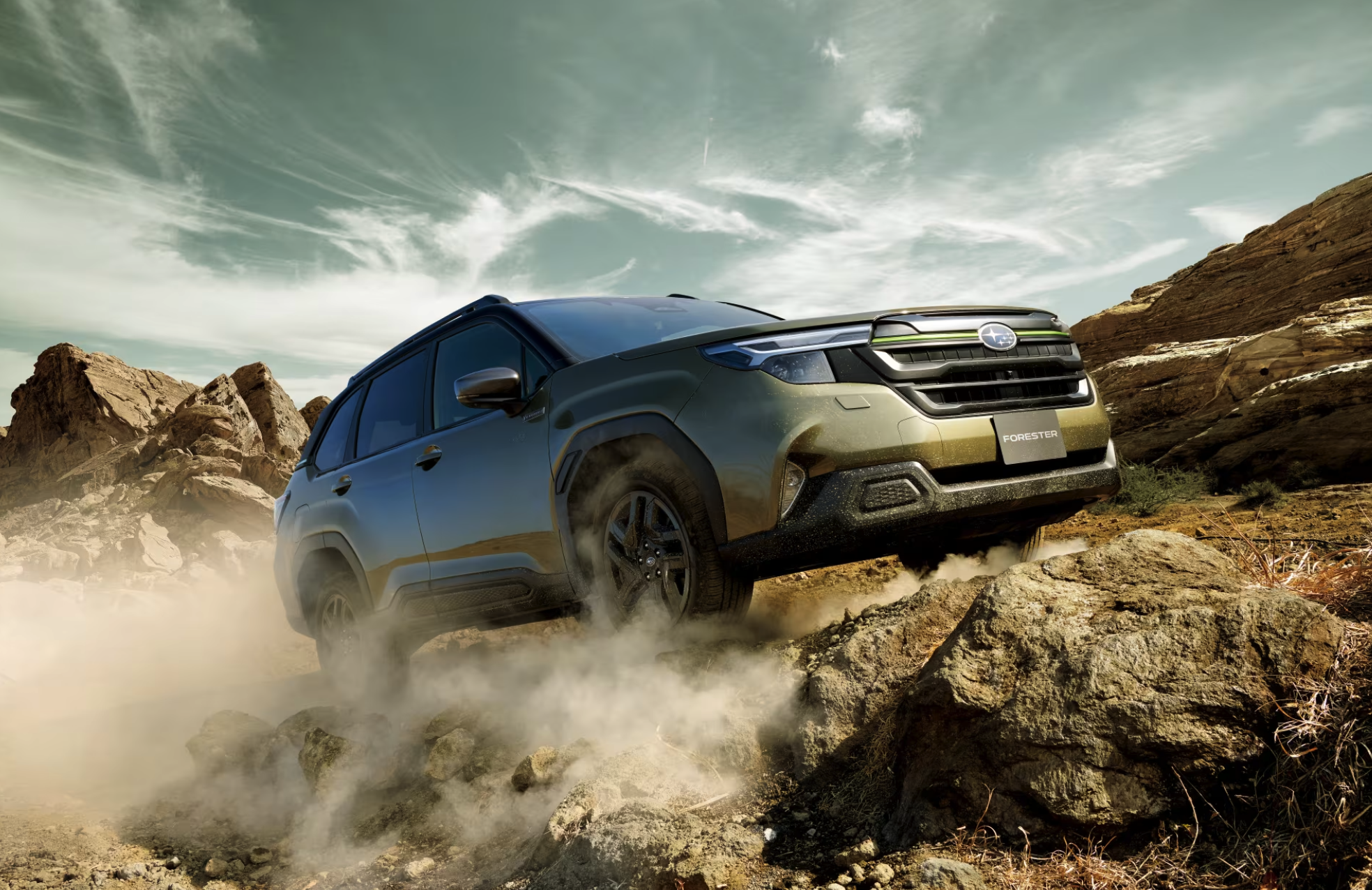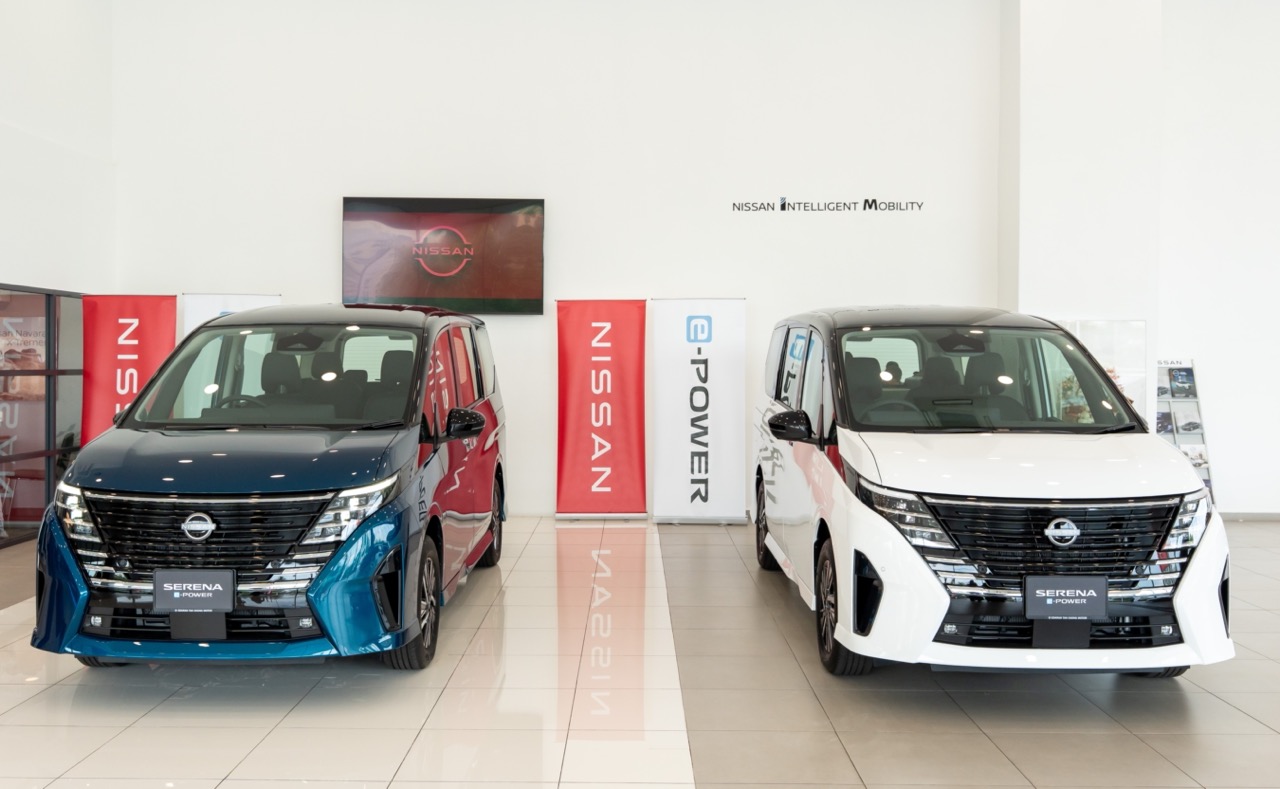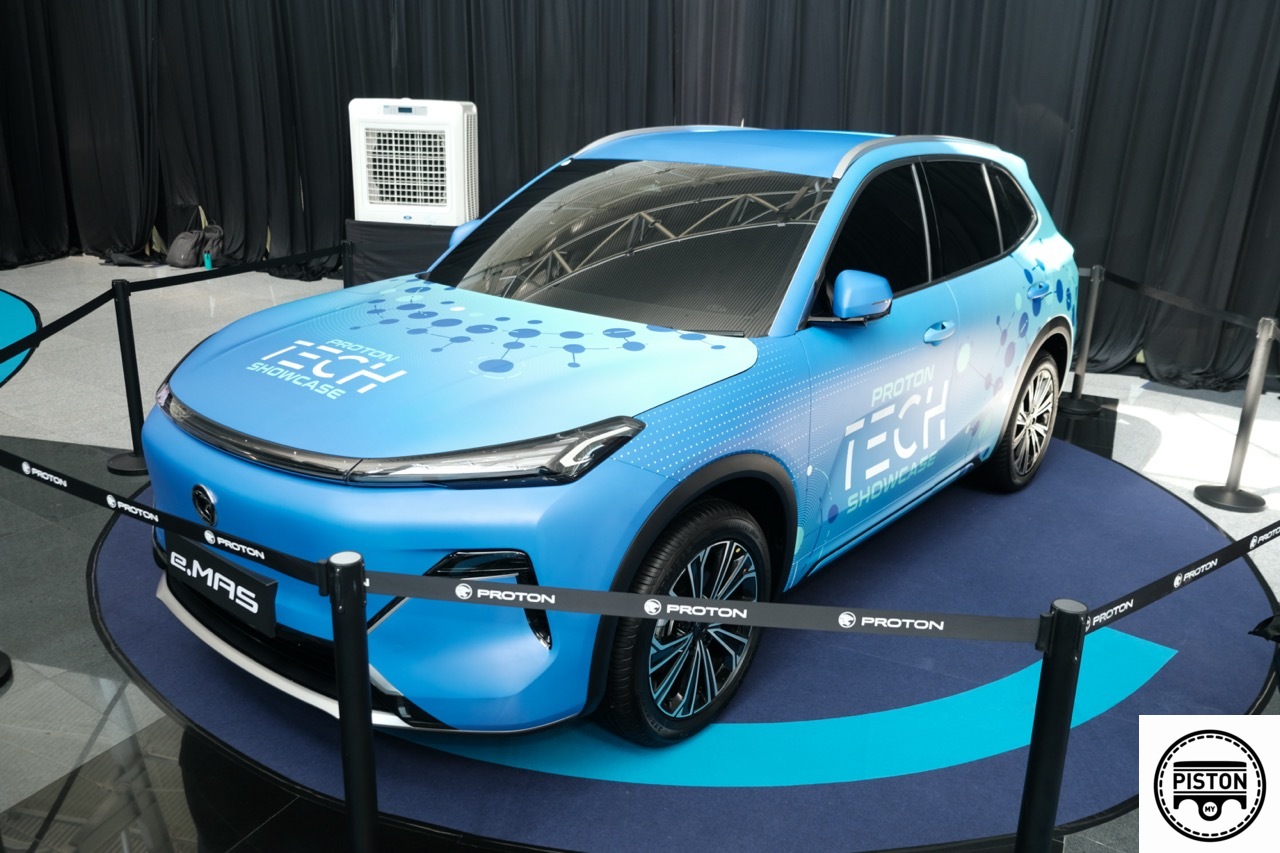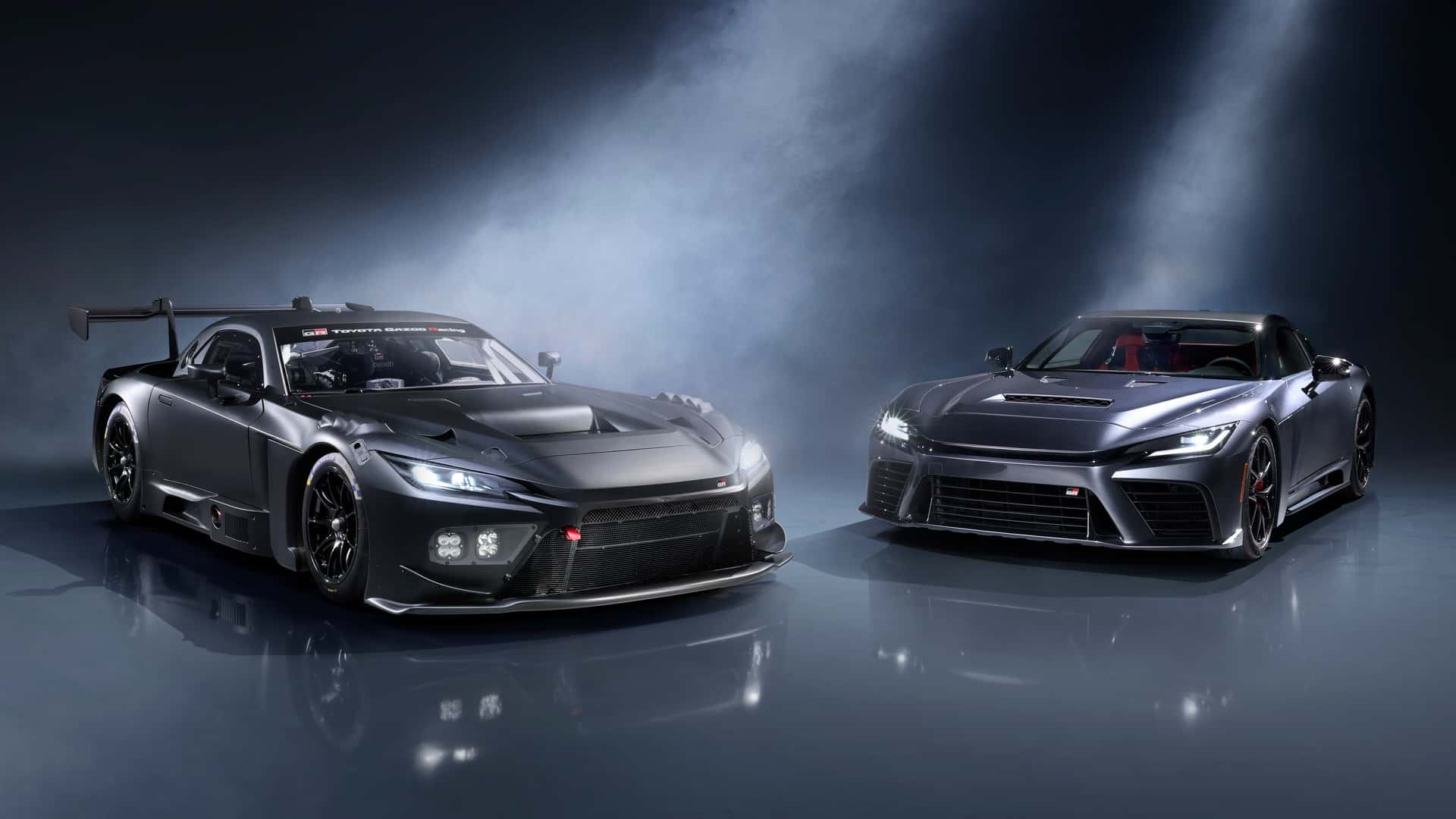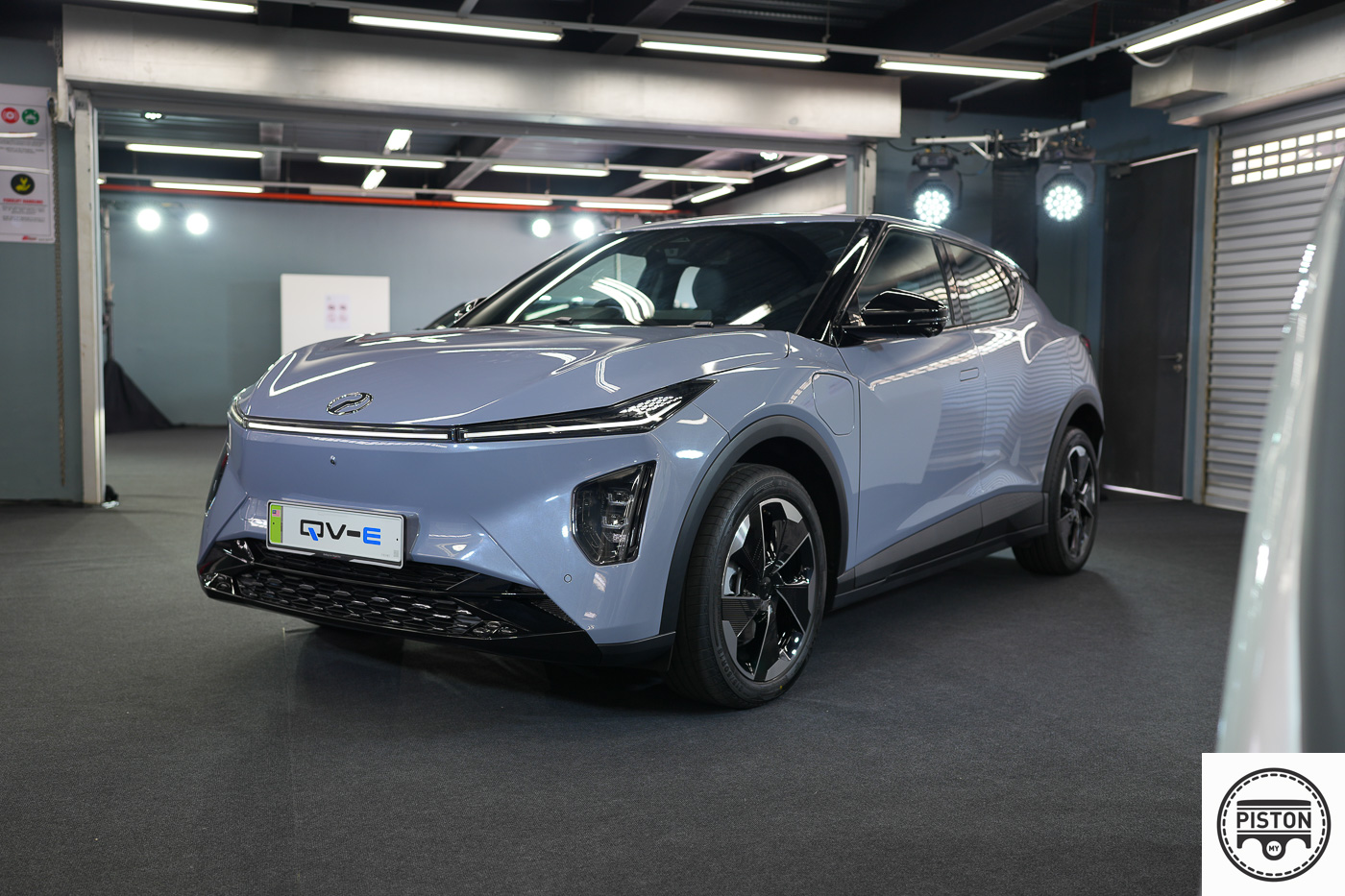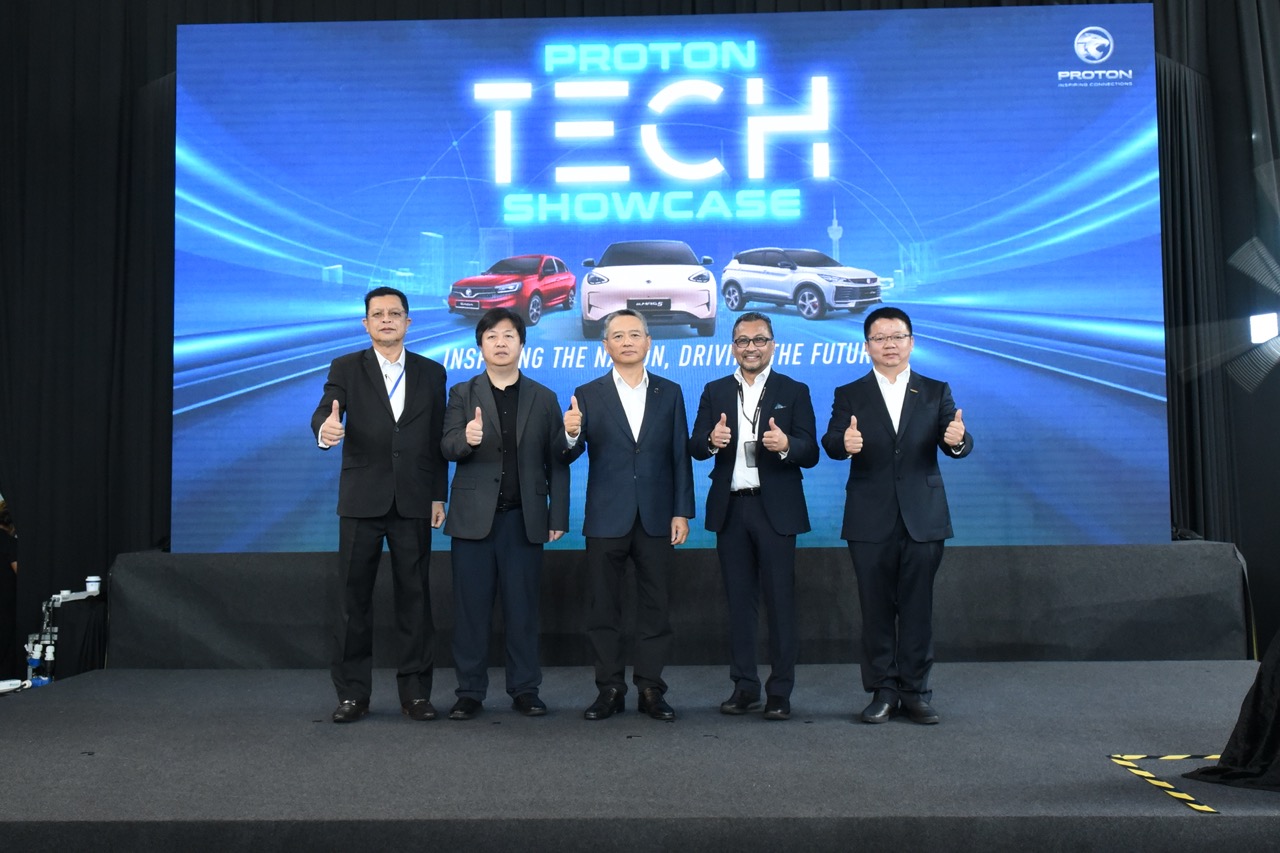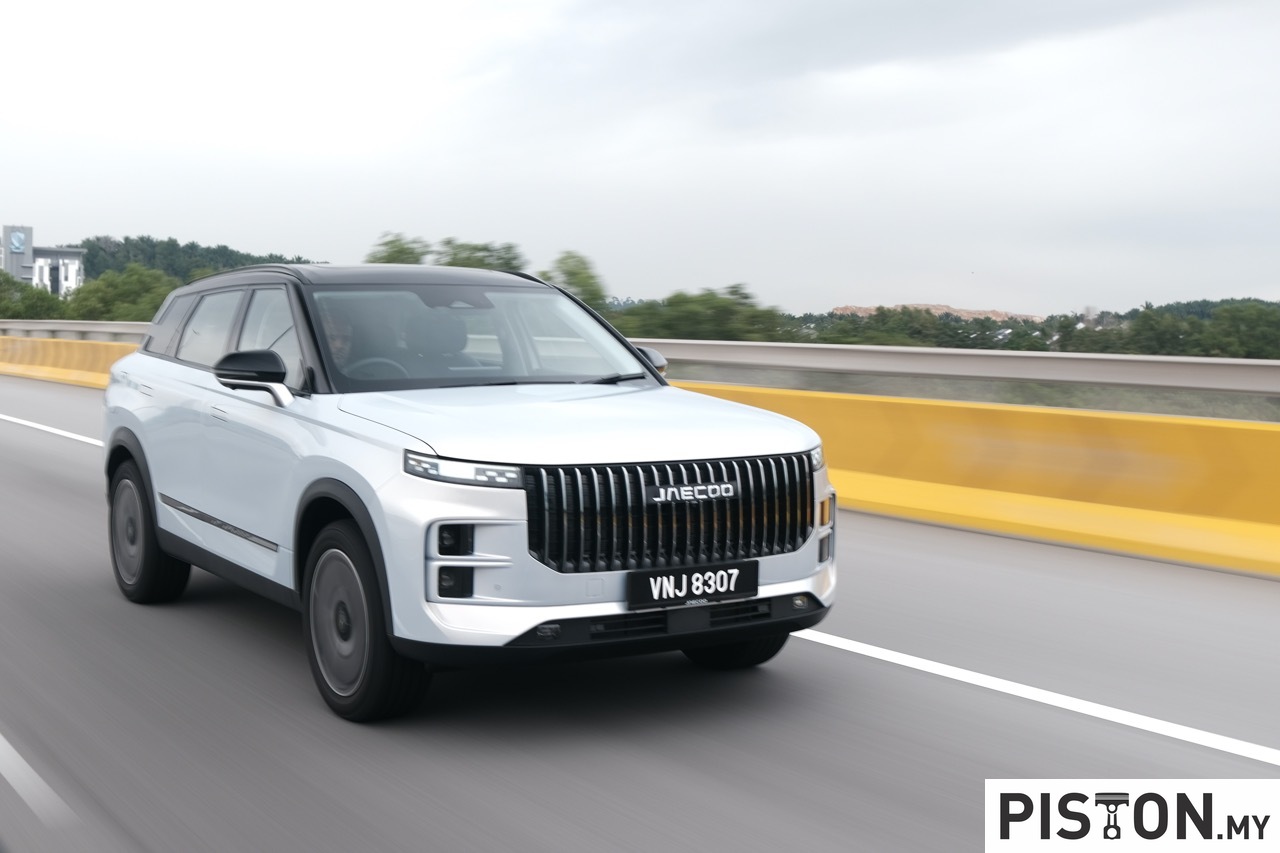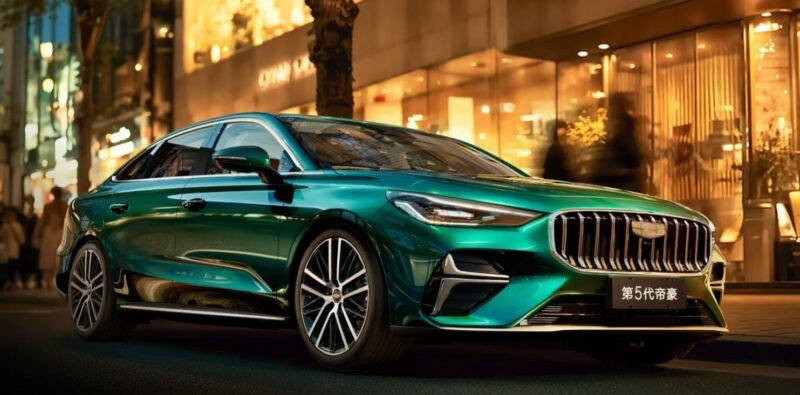Autonomous cars – vehicles which can operate on their own without a driver in control – are now already available, with Tesla’s cars best known for such an advanced feature (which costs an extra US$10,000) at this time. Other carmakers are also offering limited levels of autonomous motoring in their newer models as well, but use of such a feature requires approval by each country’s authorities. Malaysia, as with many countries, does not yet allow autonomous cars, as highlighted in a recent case where a Singapore-registered car was shown to be travelling on a Malaysian highway without the driver in control.
Even in countries where autonomous vehicles can operate, there are only certain sections of highways that their autonomous operation can be activated. This is because the road infrastructure has to be properly designed with standardized signage and clear road markings. The cameras on autonomous vehicles are the ‘eyes’ of the computer which assesses the surroundings and makes decision based on what it ‘sees’.
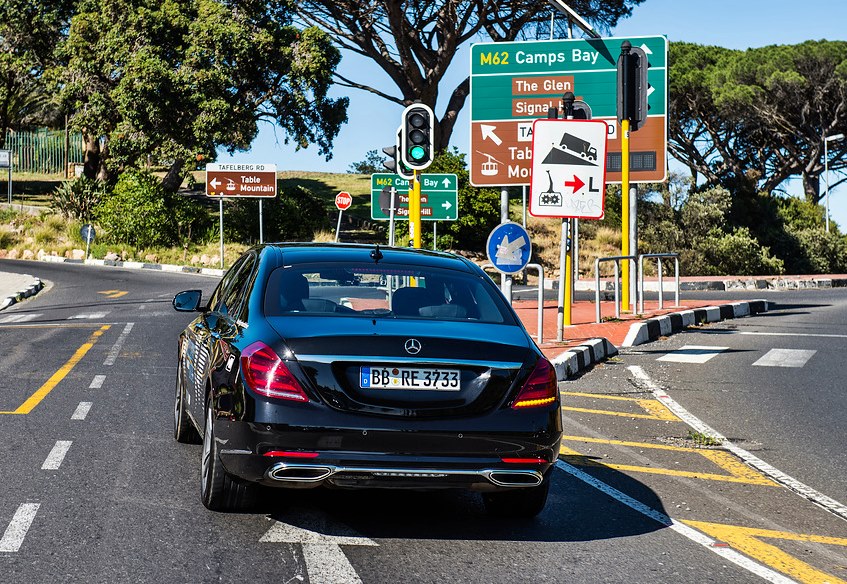
Who is responsible for accidents?
The other more important issue is legal provisions since the vehicle is not under the control of the driver. If there is an accident when under autonomous operation, can the driver be held liable? Or should the manufacturer be responsible for damages? Different countries are examining this legal responsibility and in Britain, the legal changes necessary have been put forward which will allow the use of autonomous vehicles and how legal issues will be dealt with.
The new law considers the person in the driver’s seat as a ‘user-in-charge’ and will not be prosecuted for offences such as exceeding speed limits or not stopping at red lights if the vehicle is operating autonomously. However, the user-in-charge still has certain responsibilities such as ensuring that everyone has their seatbelts on and that the vehicle is not overloaded. Being drunk while using an autonomous vehicle will still be an offence.
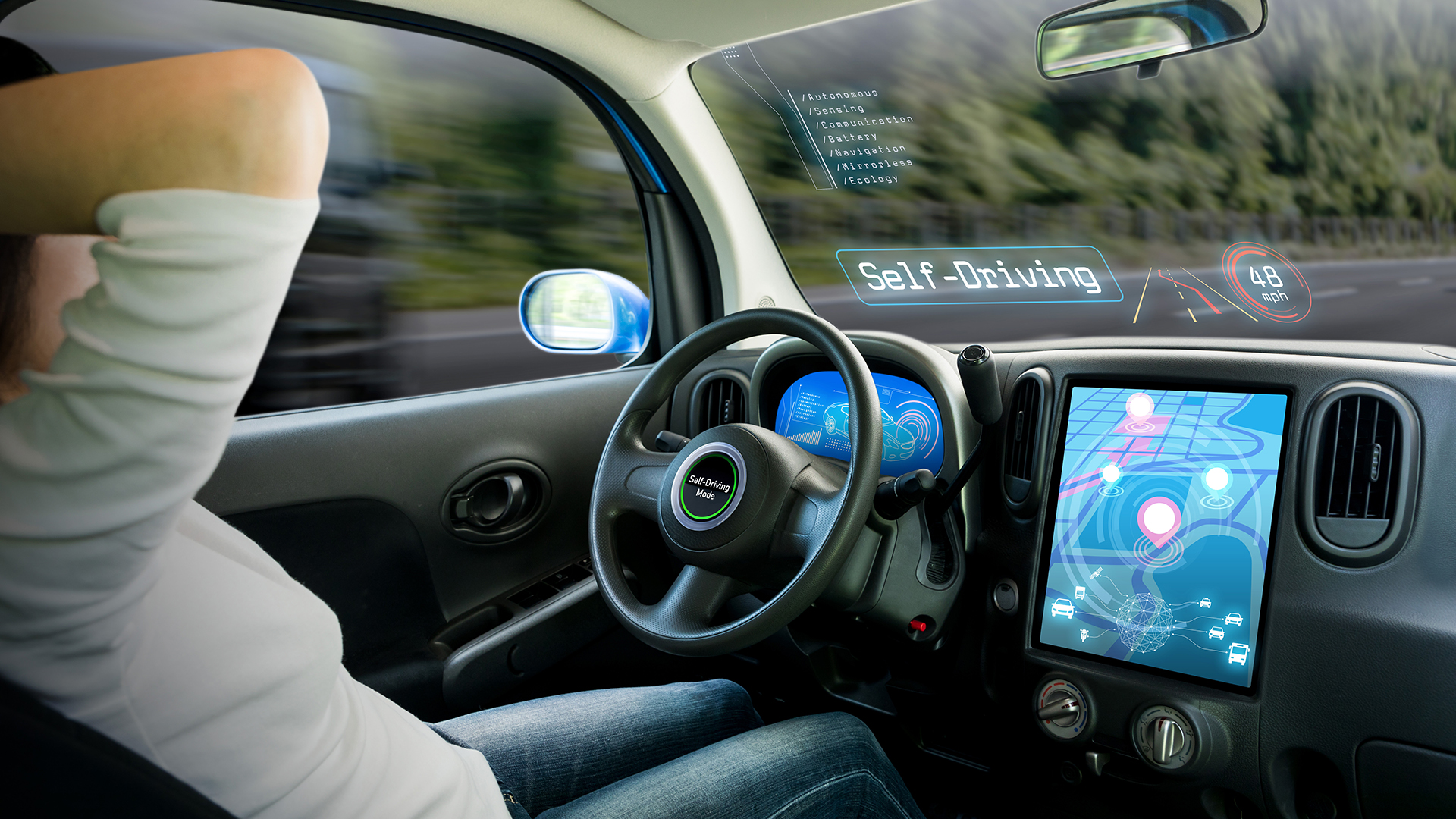
Responsibility for an accident will be directed to the Authorized Self-Driving Entity (ASDE), an entity that applied for authorization of the automated vehicle. This can be the manufacturer of the vehicle or the software developer of the automated driving systems (or both parties).
There already exists in British law an Act which makes reference to automated vehicles. Introduced in 2018 as the Automated and Electric Vehicles Act, it states that victims who suffer injury or damage from a vehicle operating independently will not need be charged and the insurance company will pay compensation as specified.
Can watch TV, cannot use mobilephone
The new law allowing the full benefits of autonomous vehicles to be used are expected to be introduced in the middle of 2022. Apart from the convenience of travelling long distances without actually driving the car, motorists can look forward to being able to watch movies or other broadcasts on their journey. Or they could read a book or have a meal without having to also pay attention to the road ahead (although it would still be a good idea to do so).
Strangely though, use of a mobilephone is still considered illegal. The thinking behind this is that the display on an infotainment screen can be interrupted to display a warning message in an emergency when the driver may have to take over control of the car. A mobilephone would not have such a capability since it is an entirely independent device.
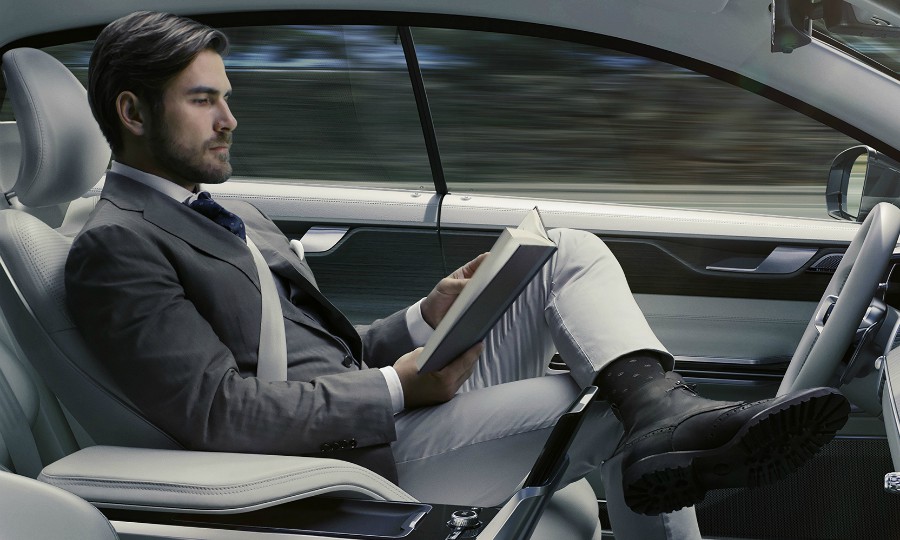
Self-driving and ADAS
The new rules are a first step in allowing use of autonomous vehicles on British roads and they also clarify the difference between cars that are ‘self-driving’ and those with advanced driver assistance features (ADAS). The latter can already be found in many cars today, common ones being automatic emergency braking, cruise control and lane-keeping. ADAS, also referred to as Level 2 autonomy, helps drivers avoid accidents or minimize their effects but the driver must have control as well.
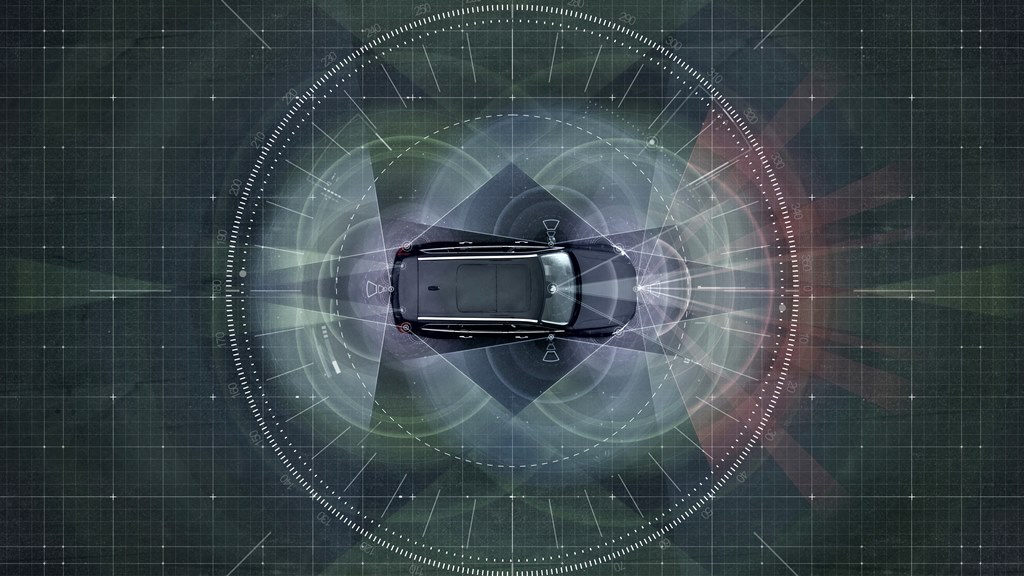
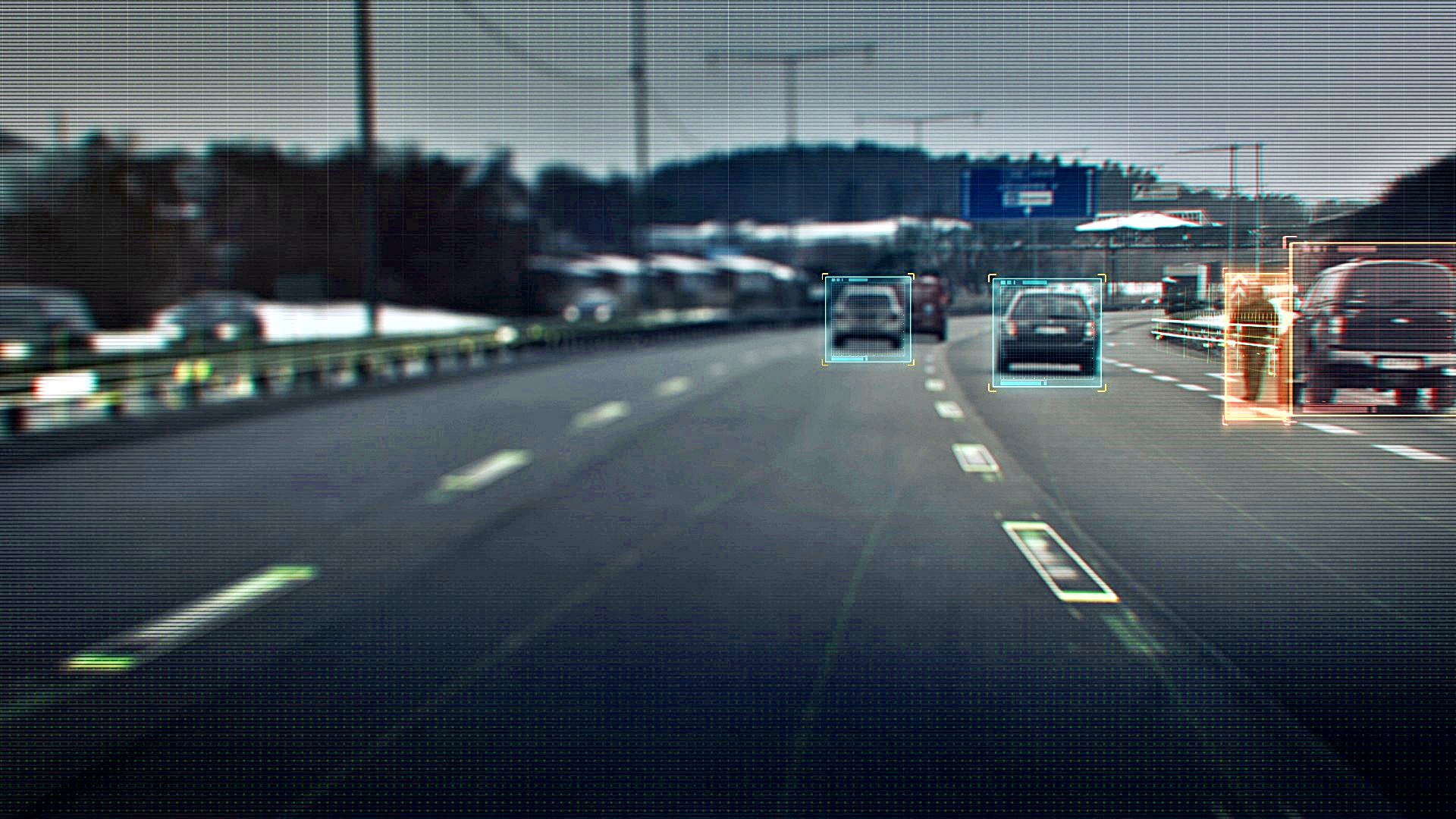
As with most other countries, an autonomous vehicle would have to be homologated by the authorities before it can be used on public roads. No doubt new testing will be formulated to assess autonomous systems, just as the authorities have had to regularly update their testing as technologies have advanced.
Laws have to be periodically updated to take into account new technologies and Britain is doing so not just to keep pace with the changes but also see it as beneficial to the country’s economy. With clear laws that permit usage of autonomous vehicles, there can be more activity in R&D to develop the technology and related products. By 2035, around 38,000 new, high-skilled jobs could be created within the industry that would be worth £41.7 billion.
